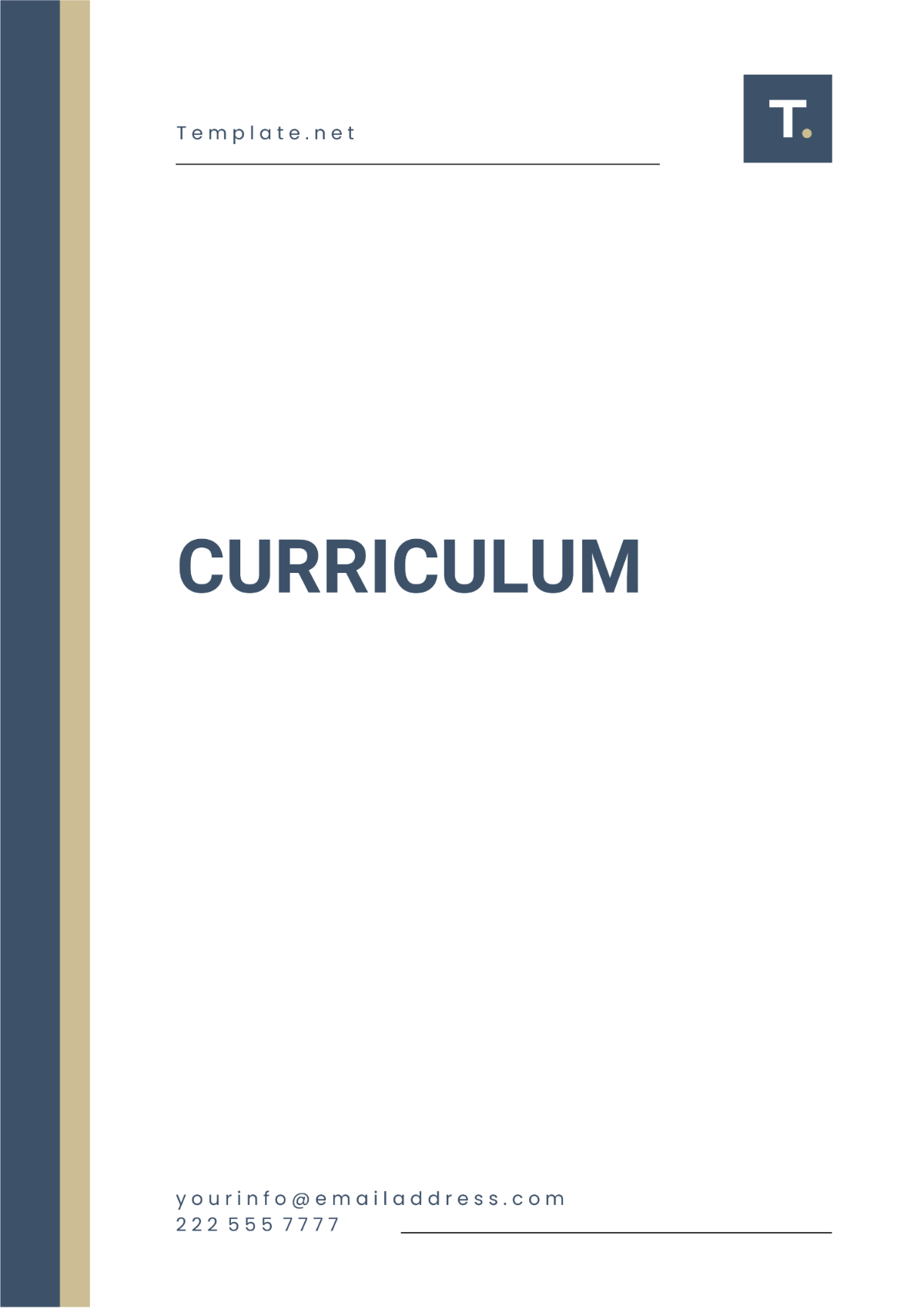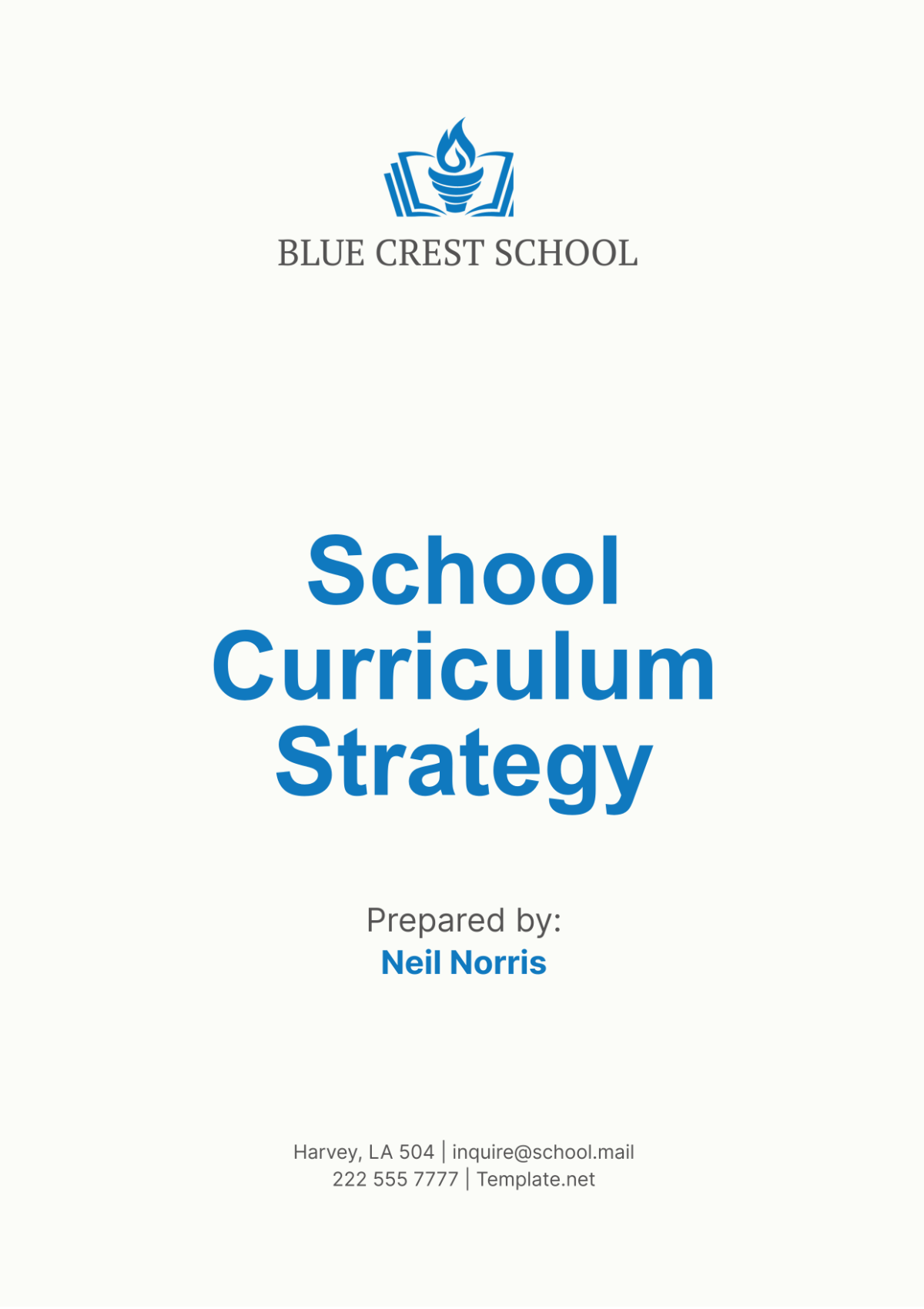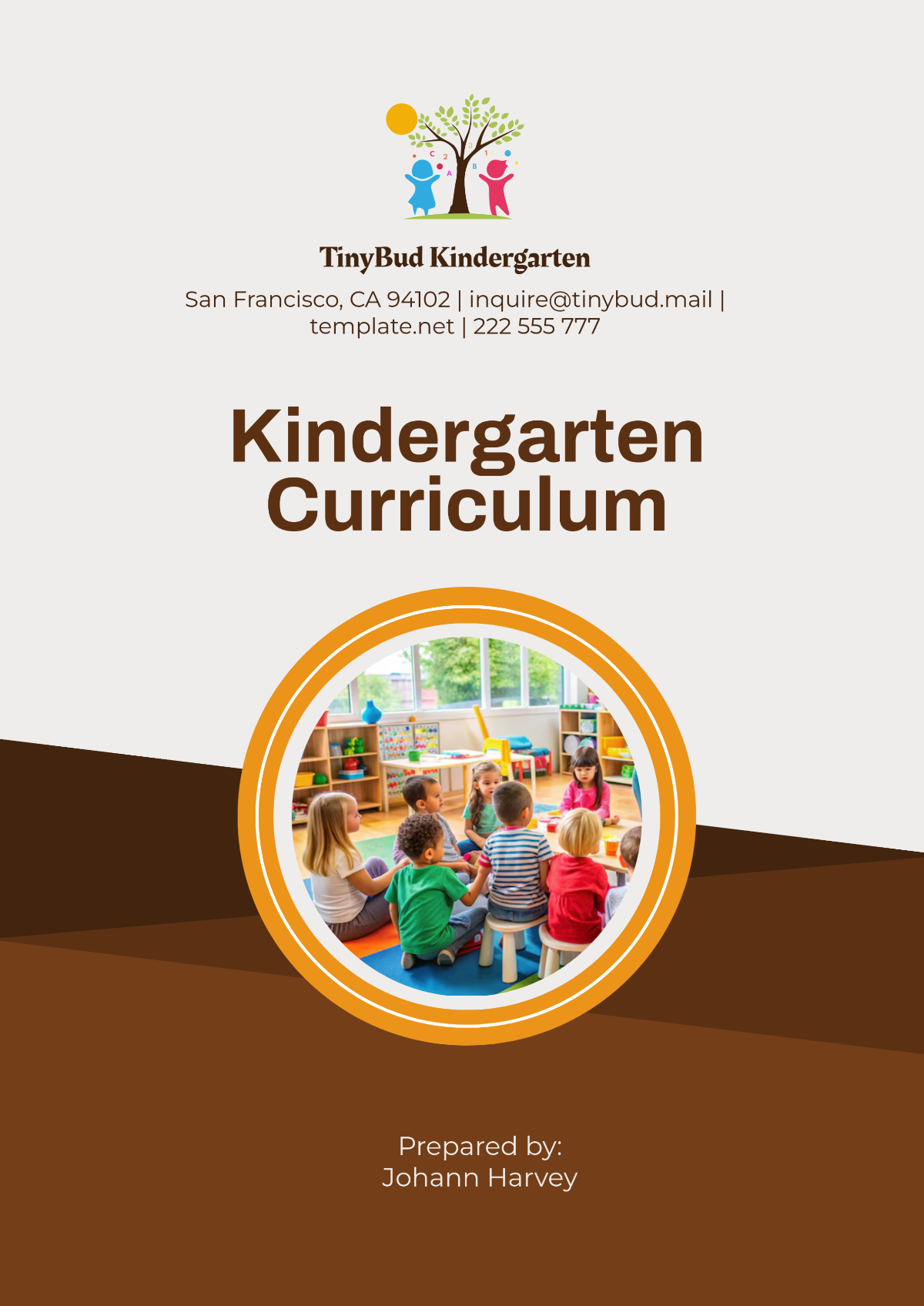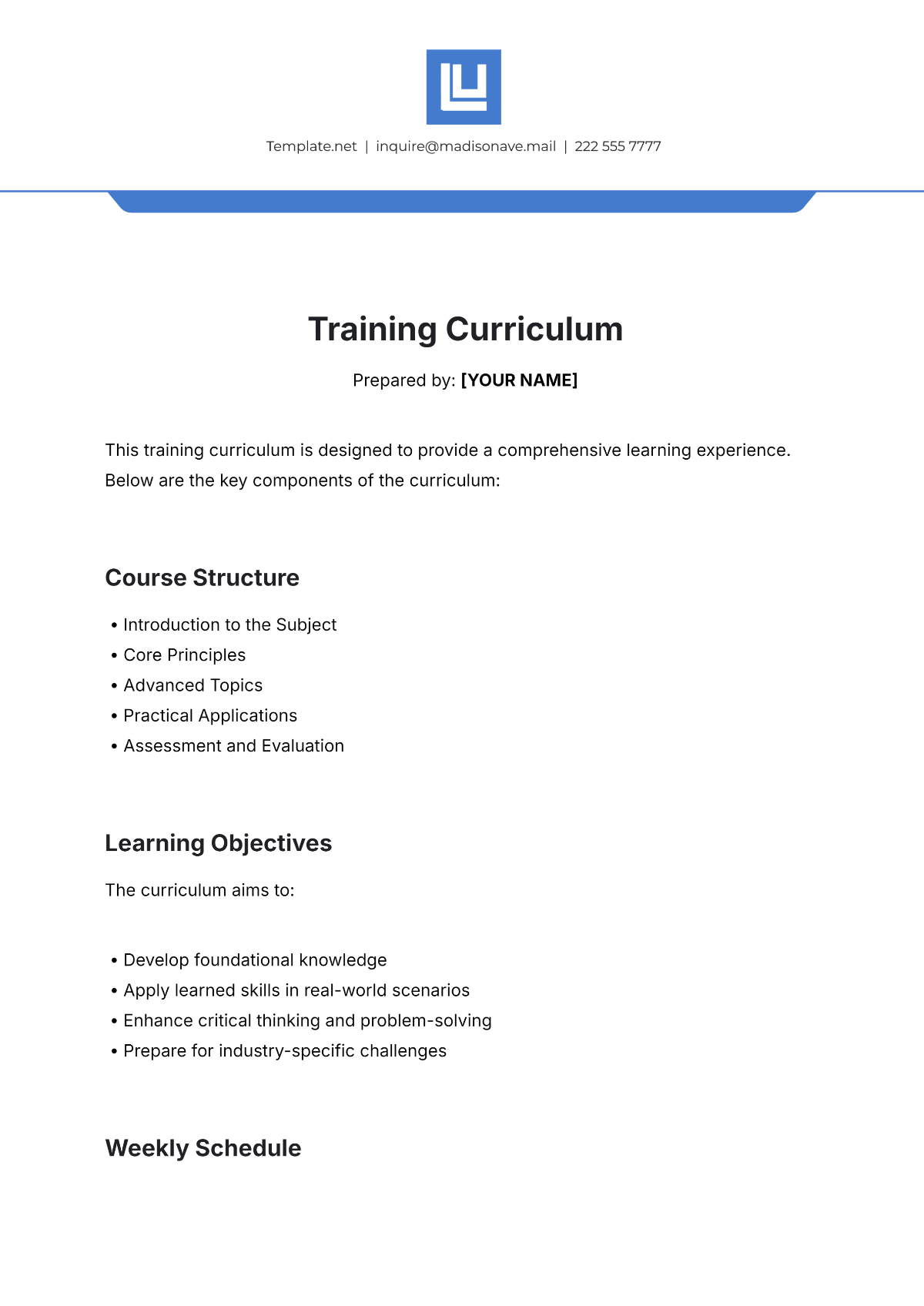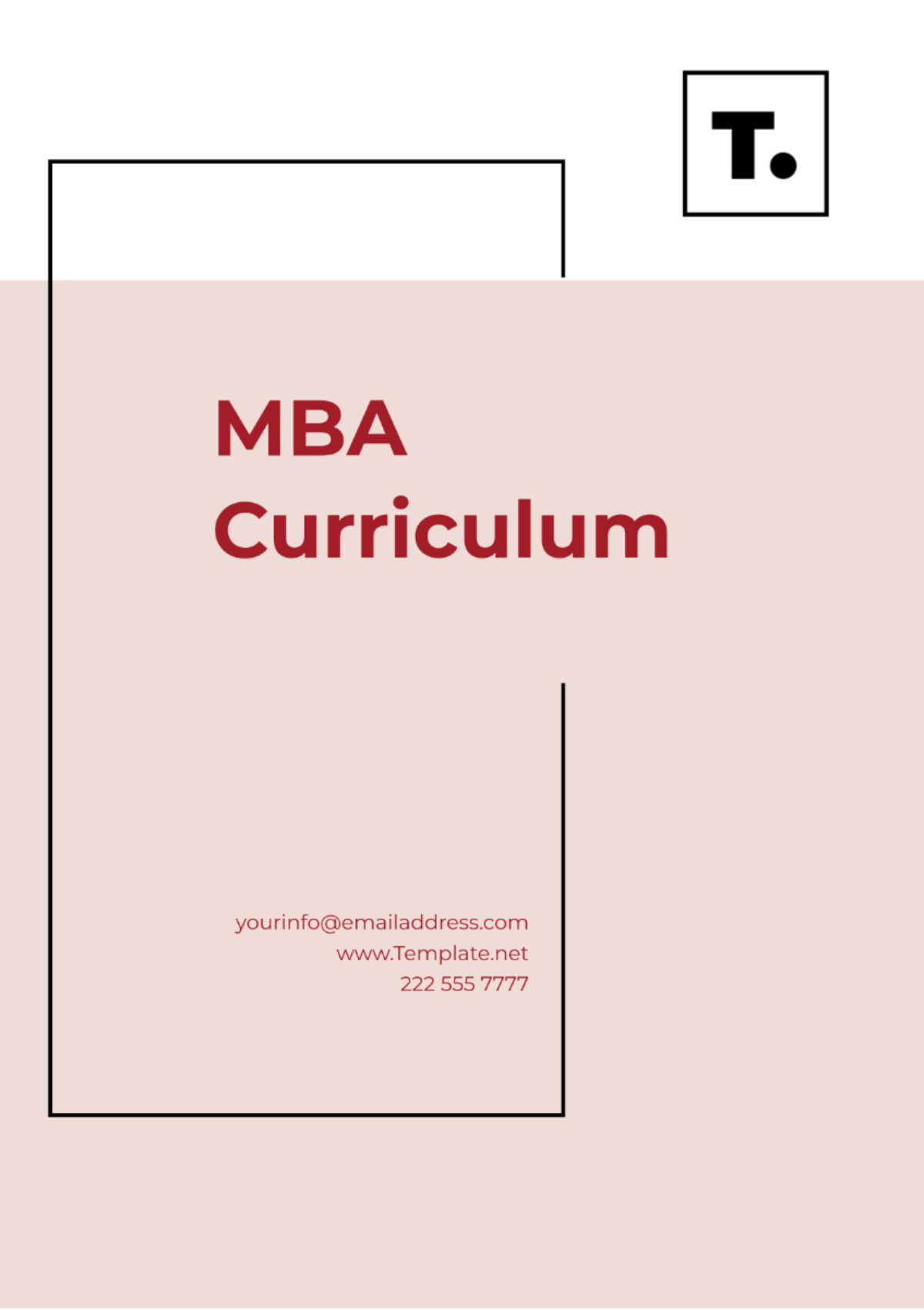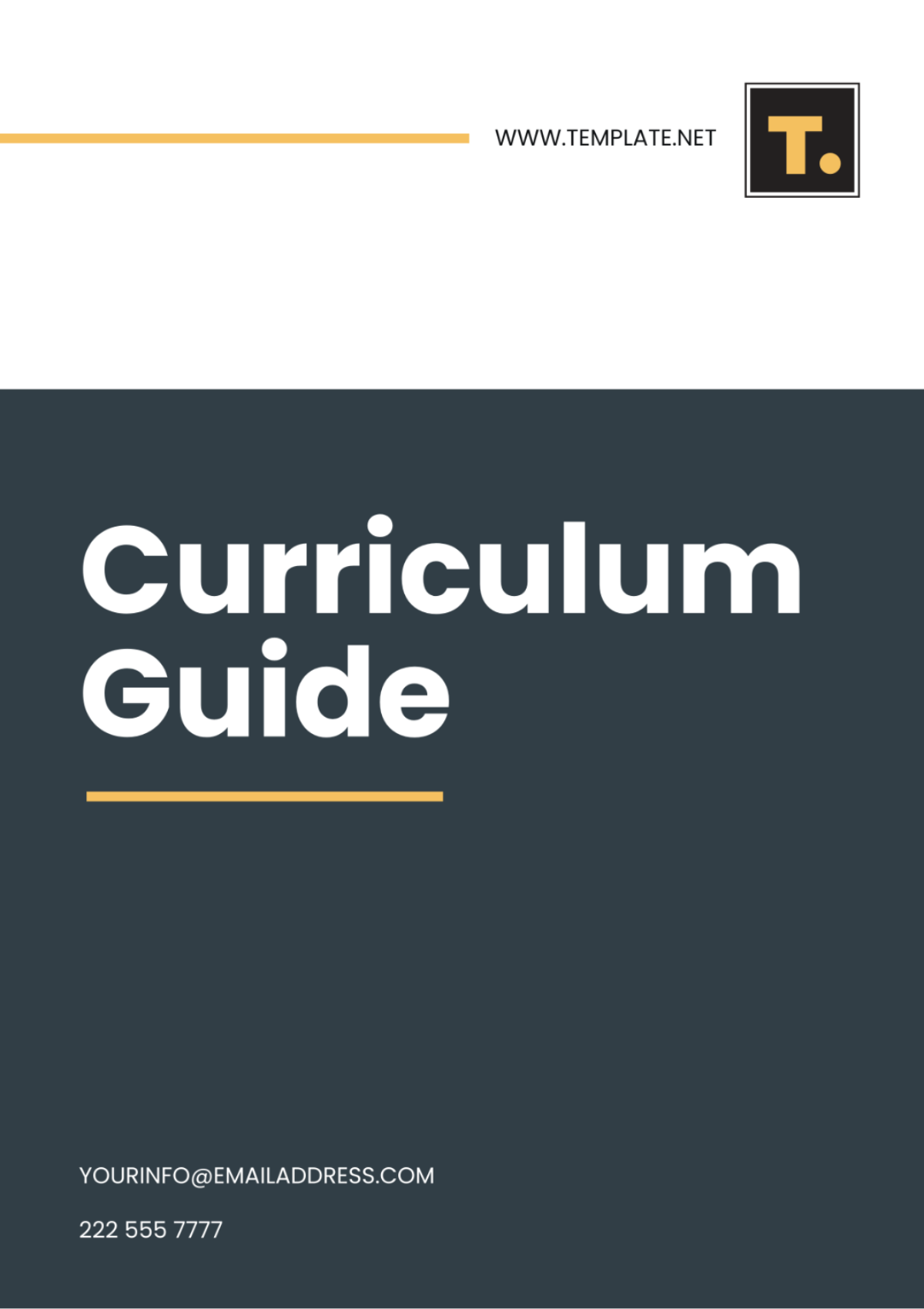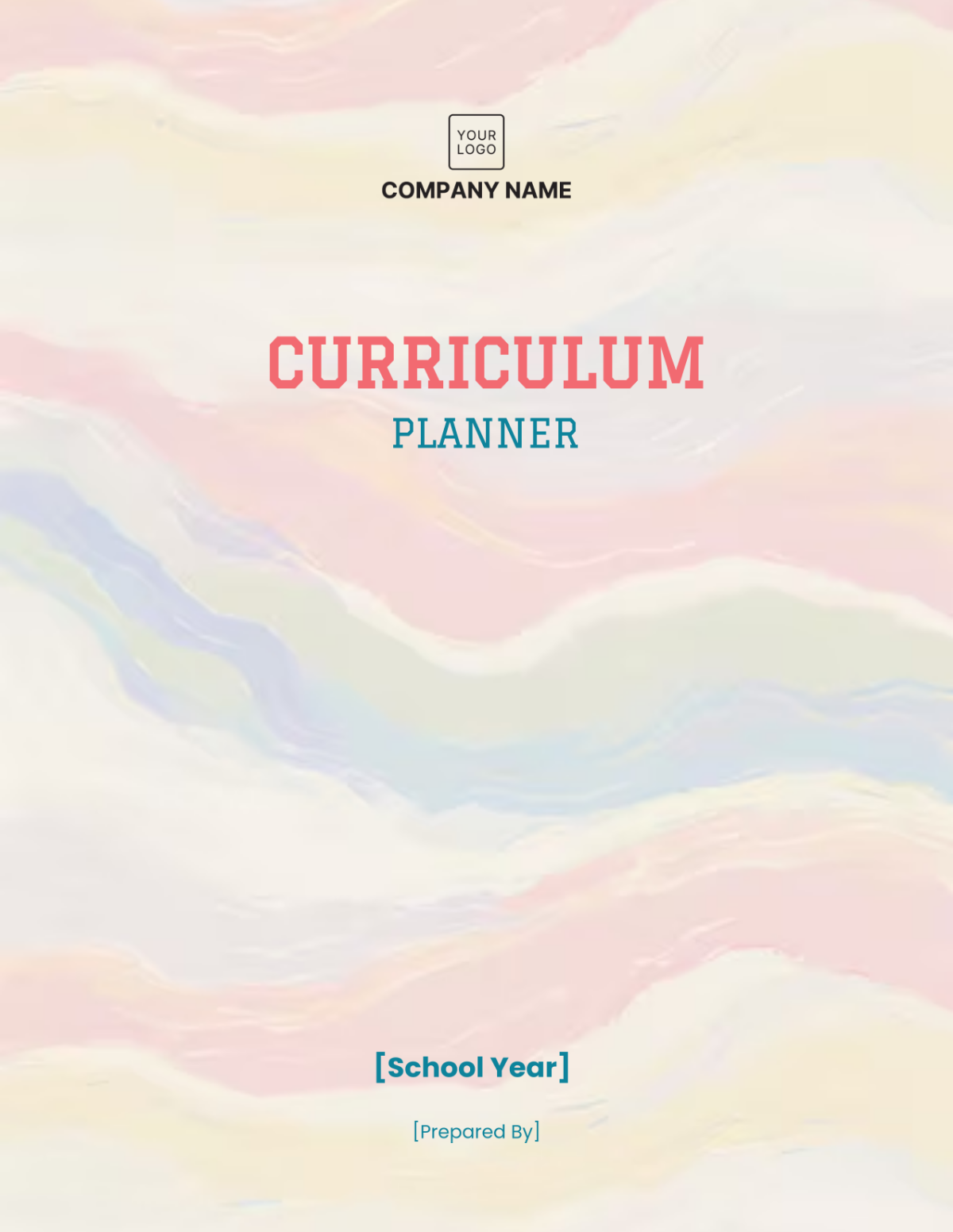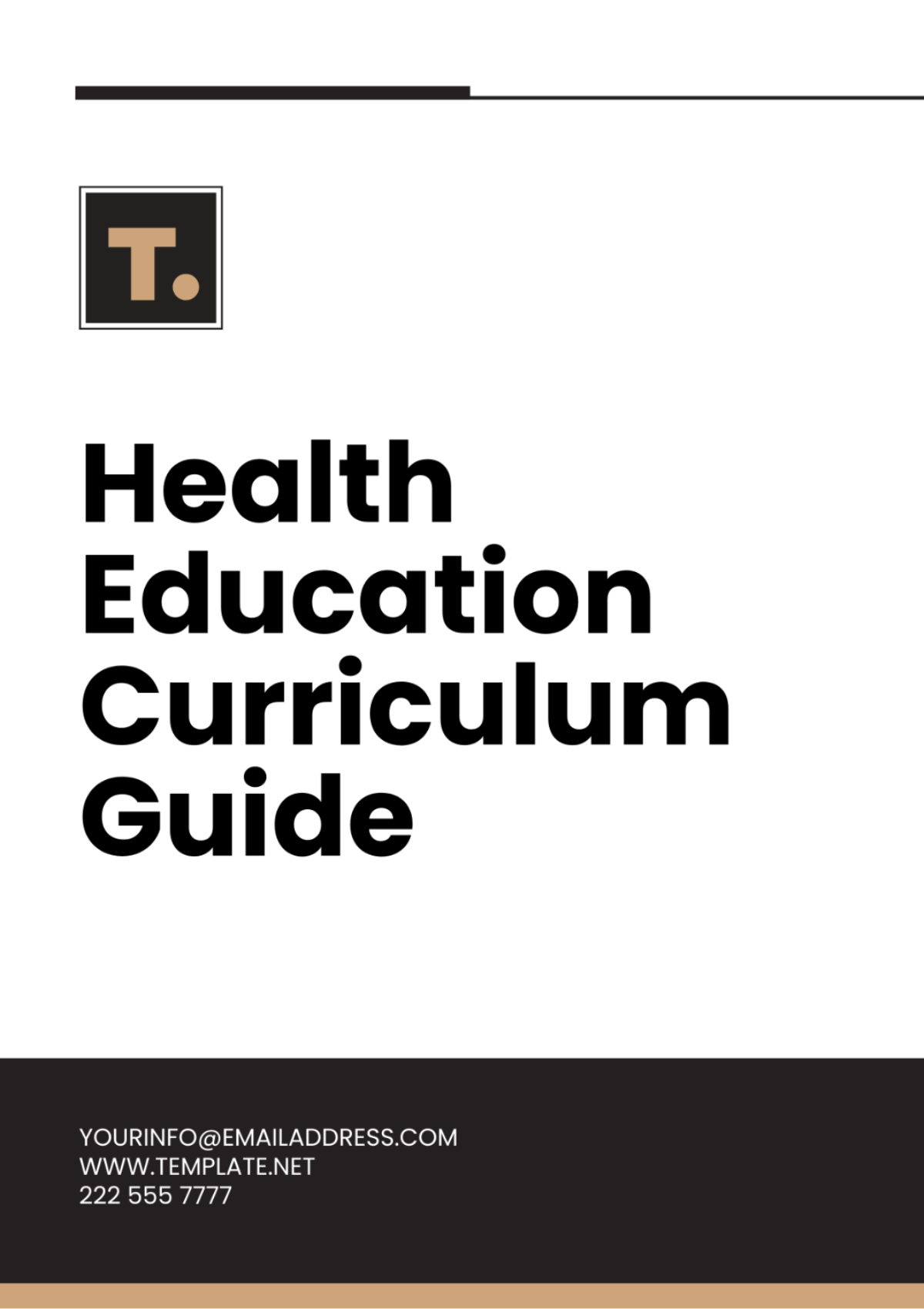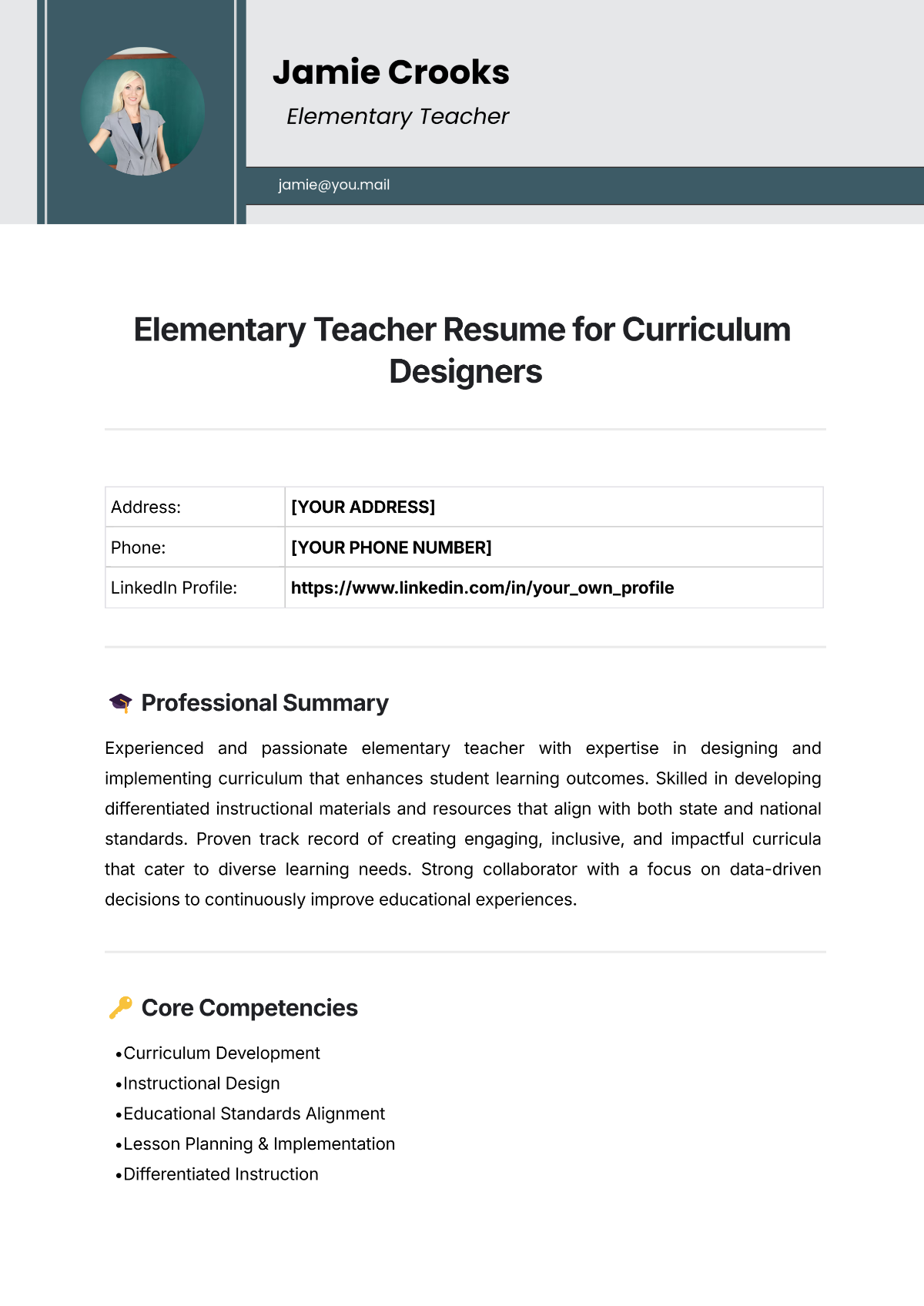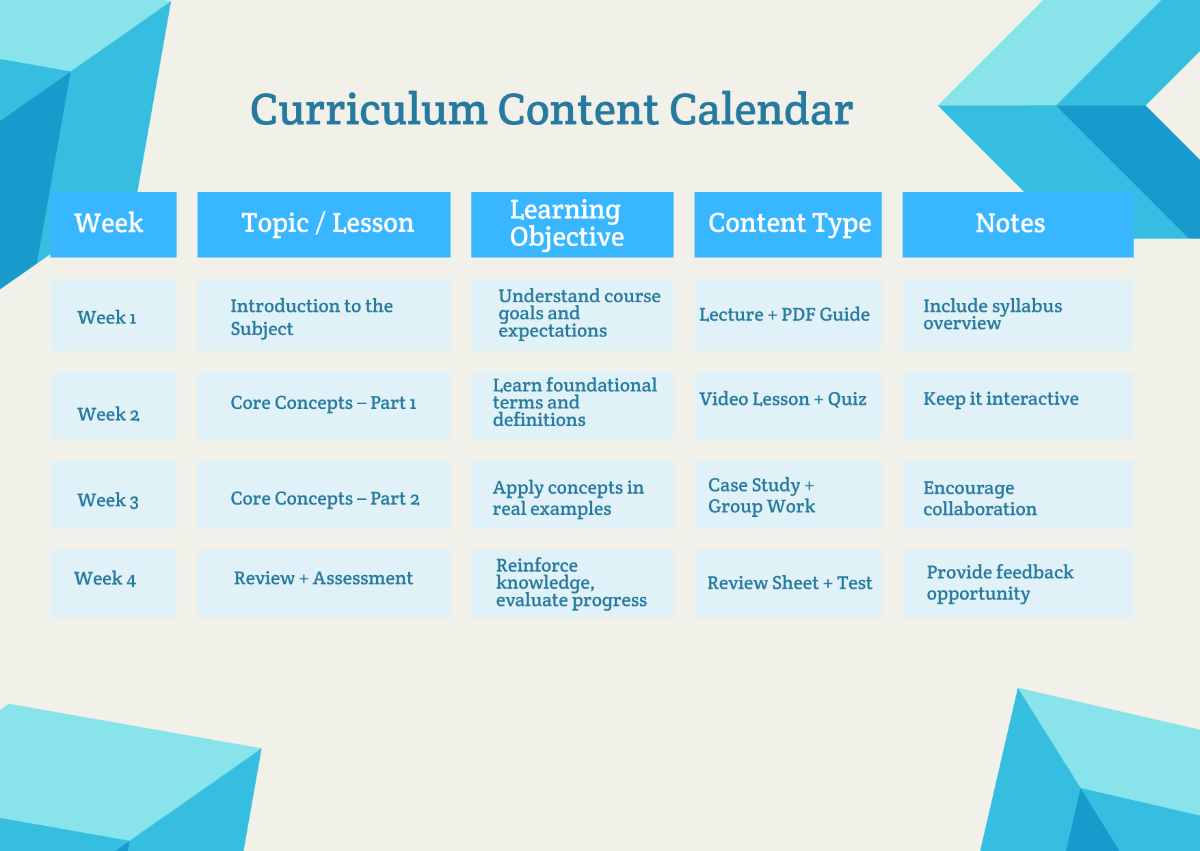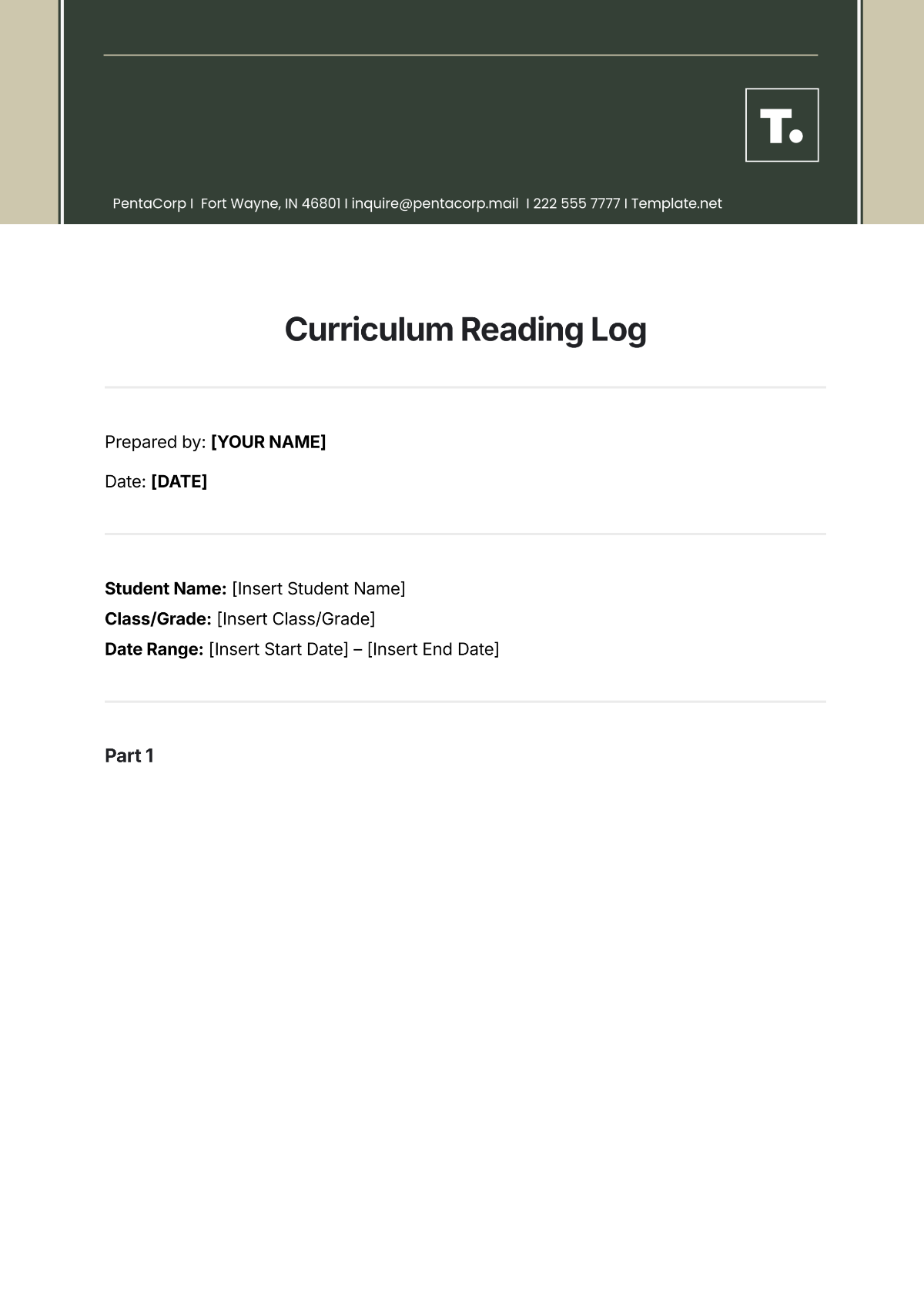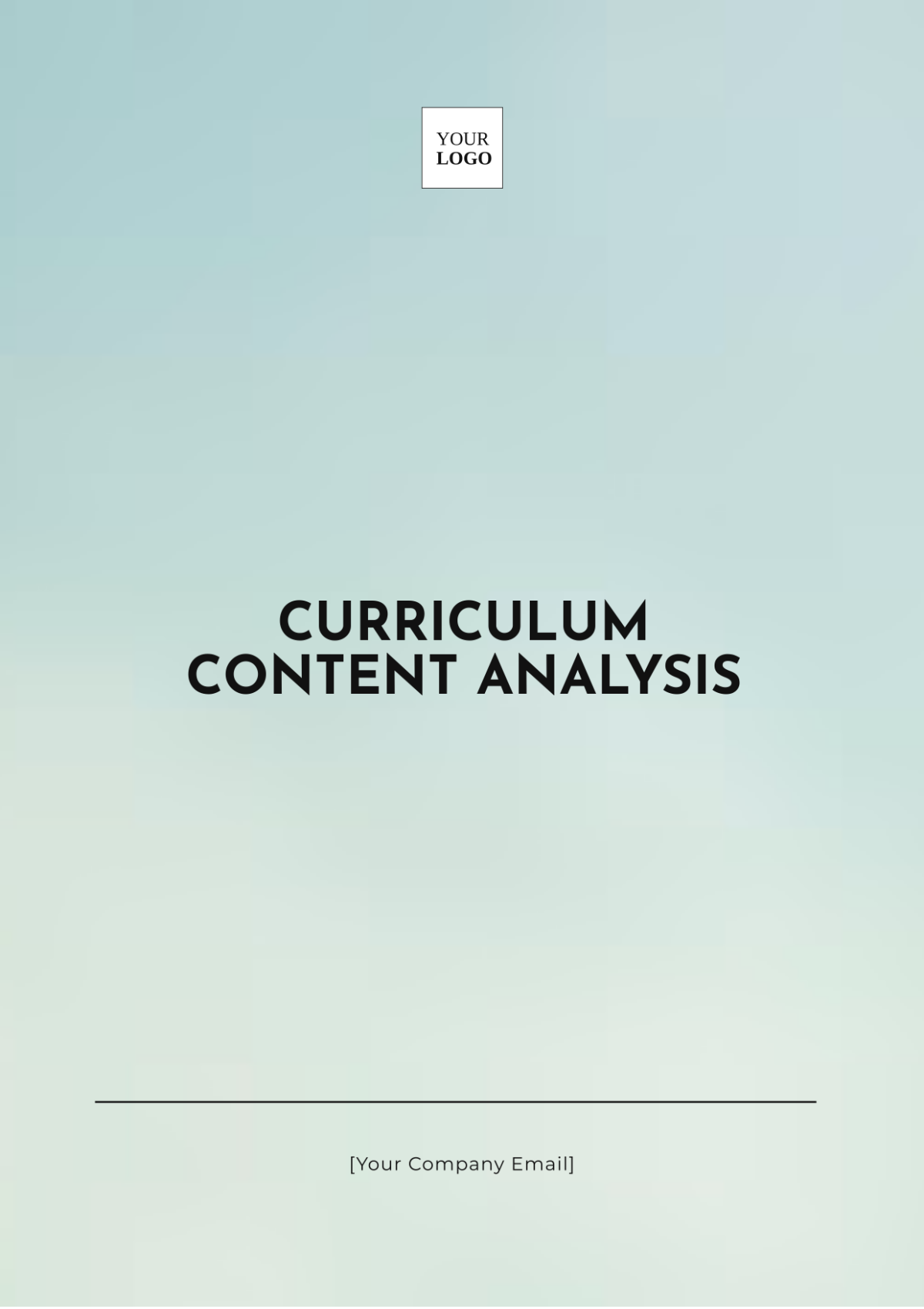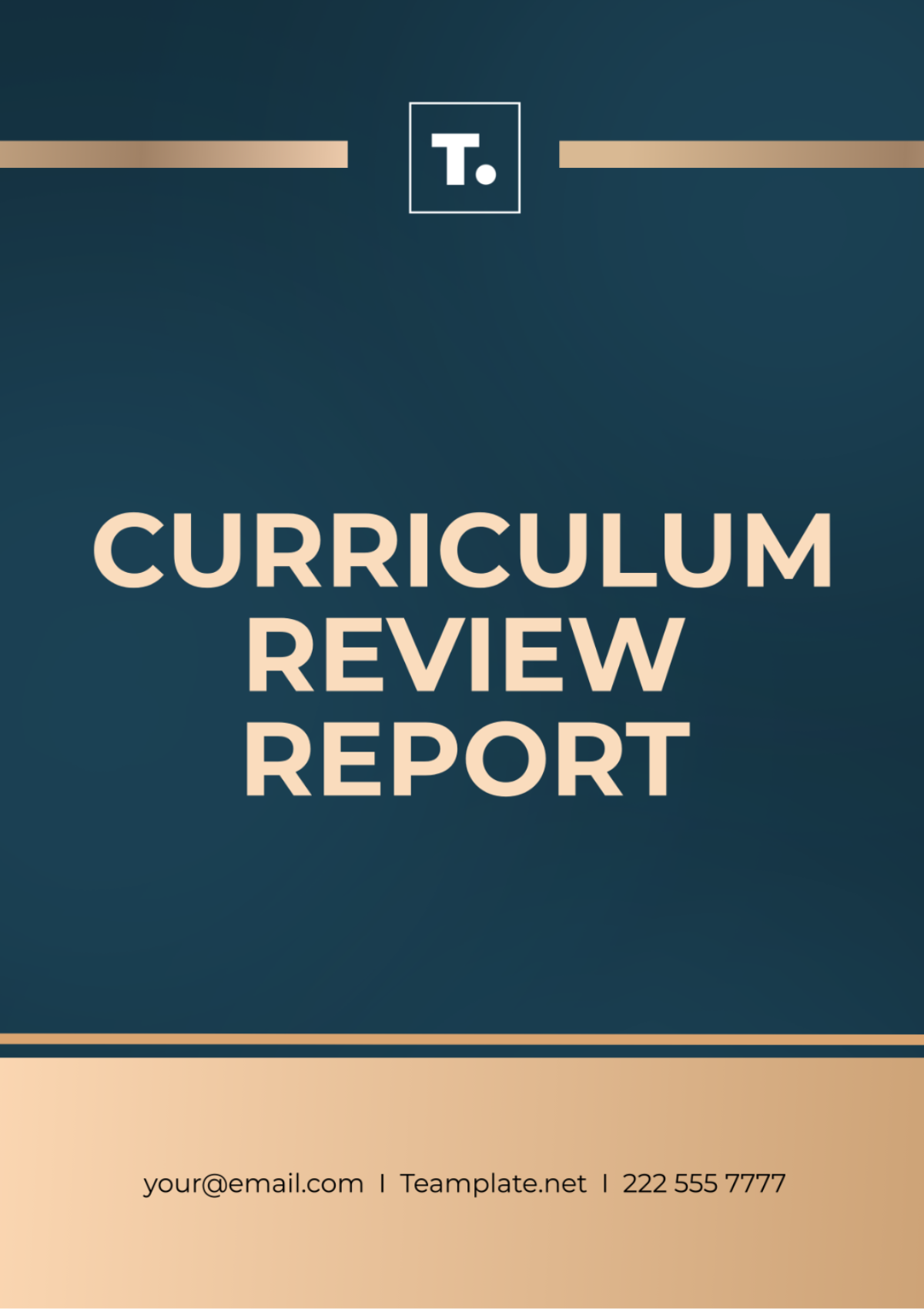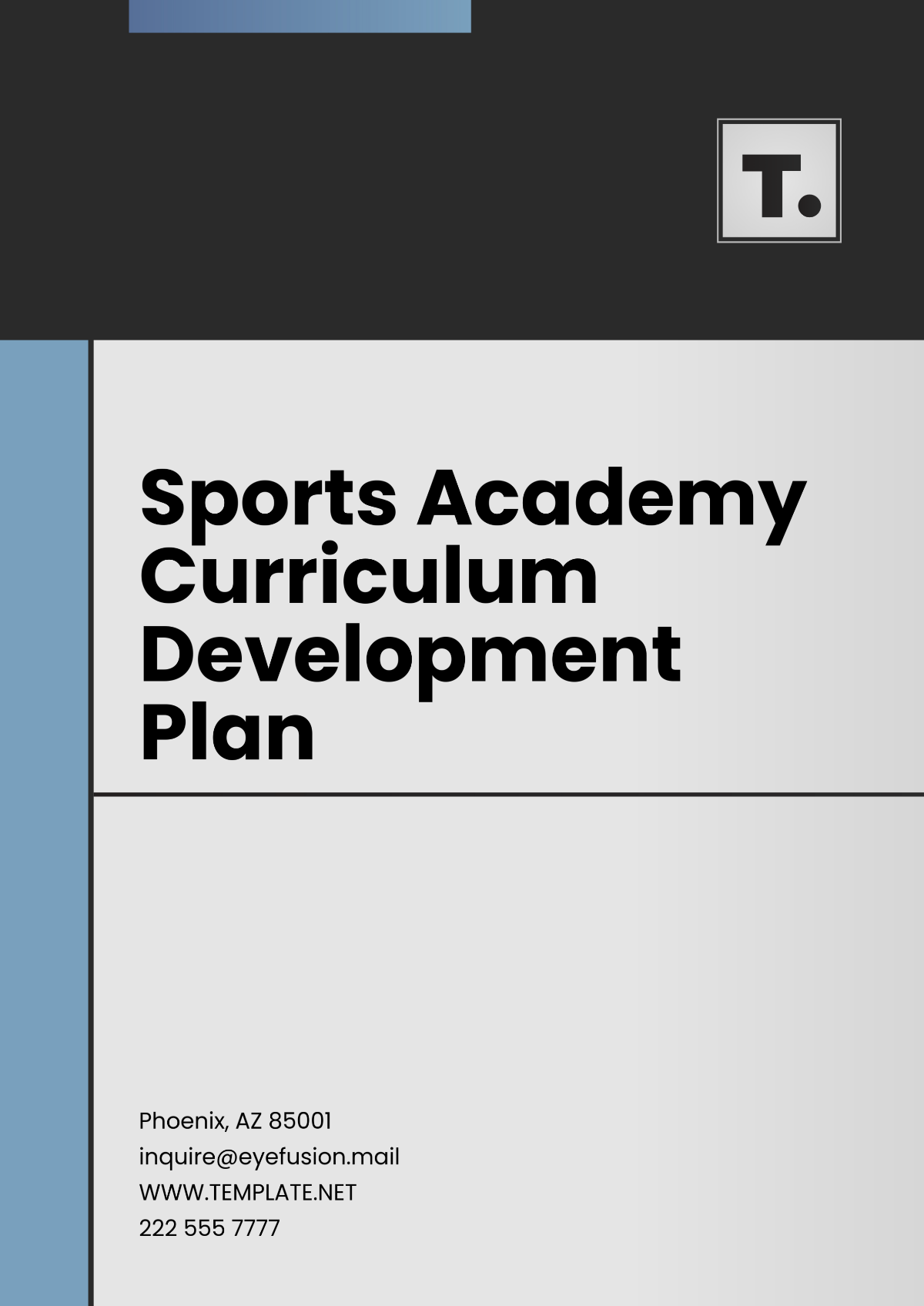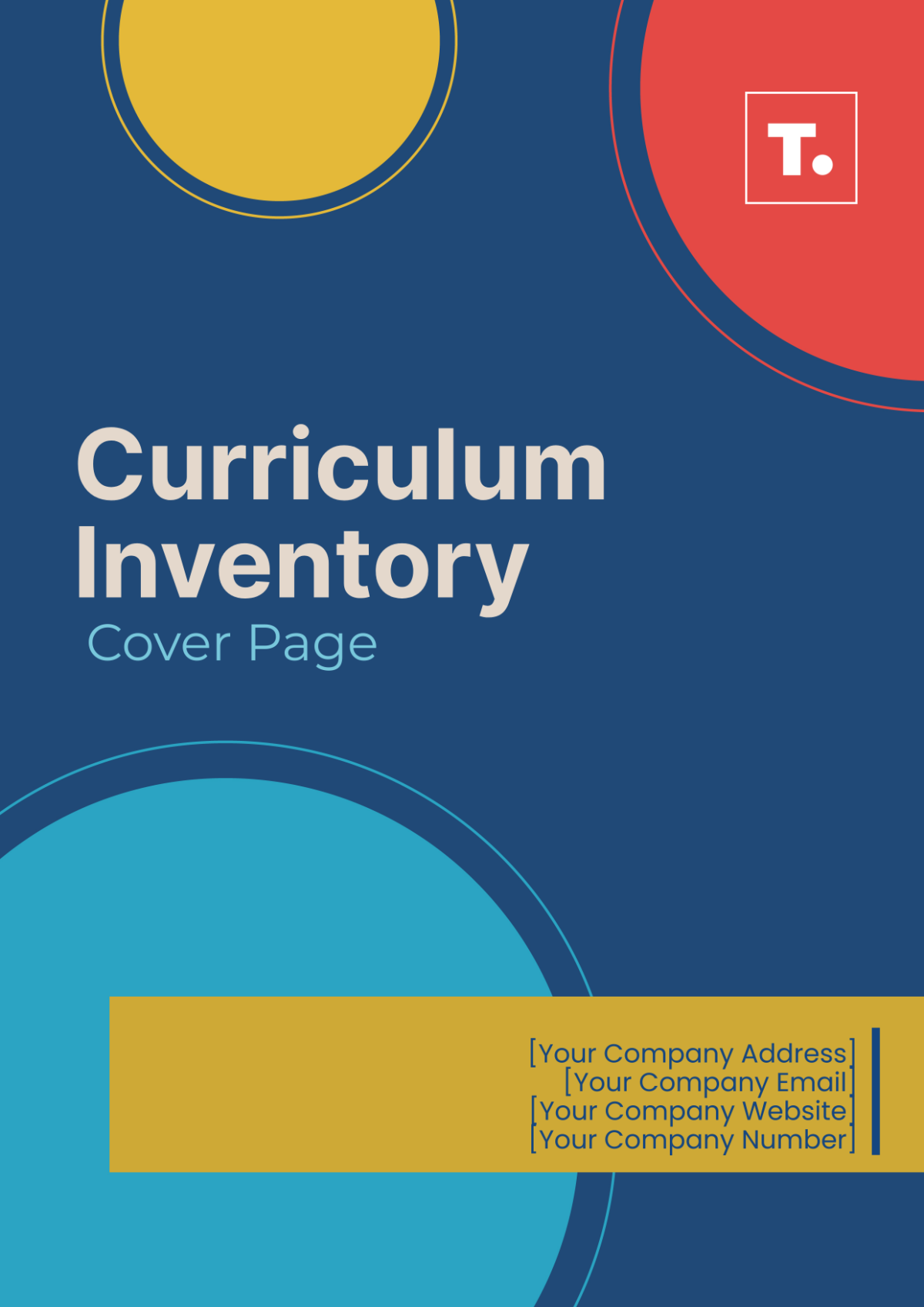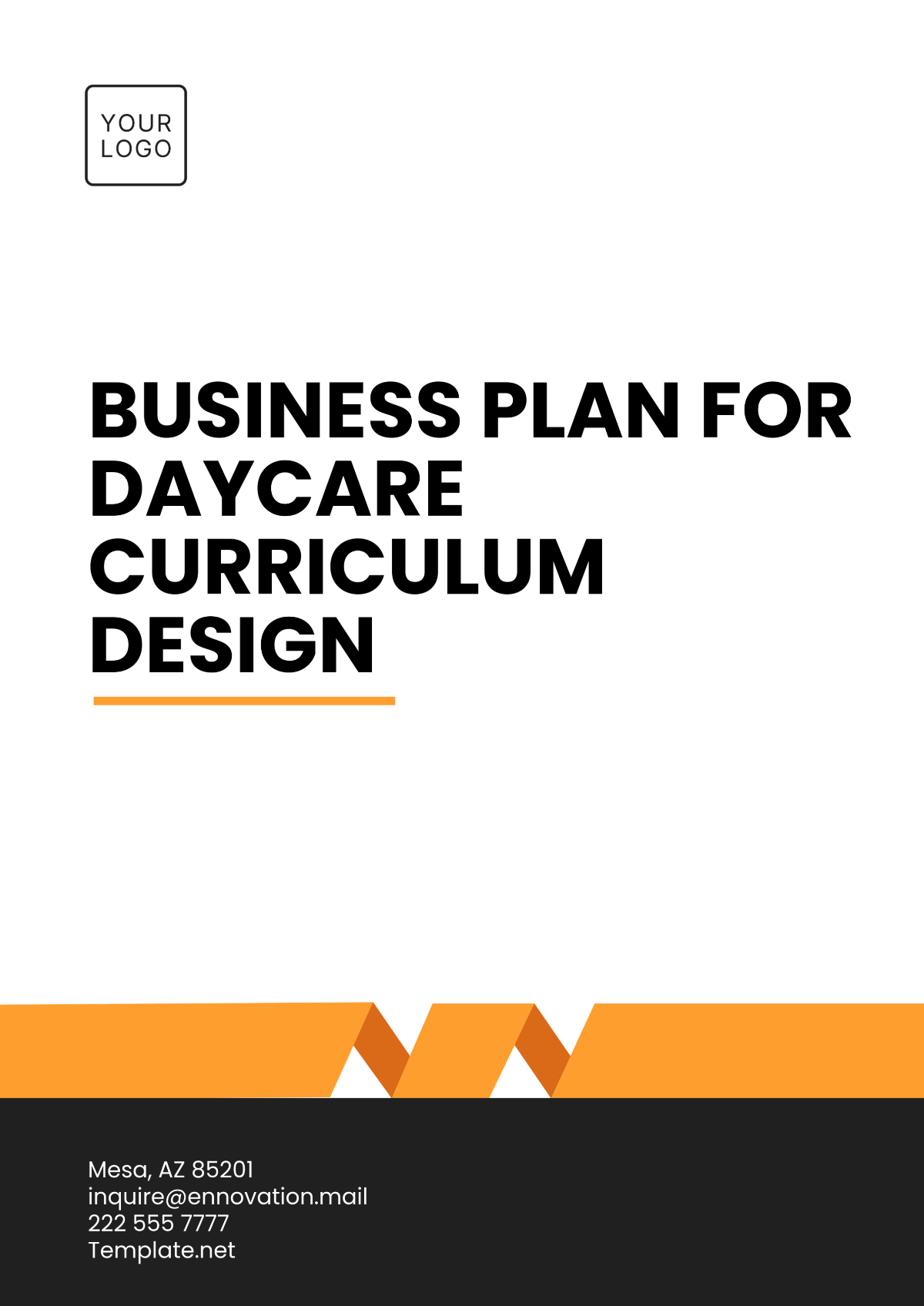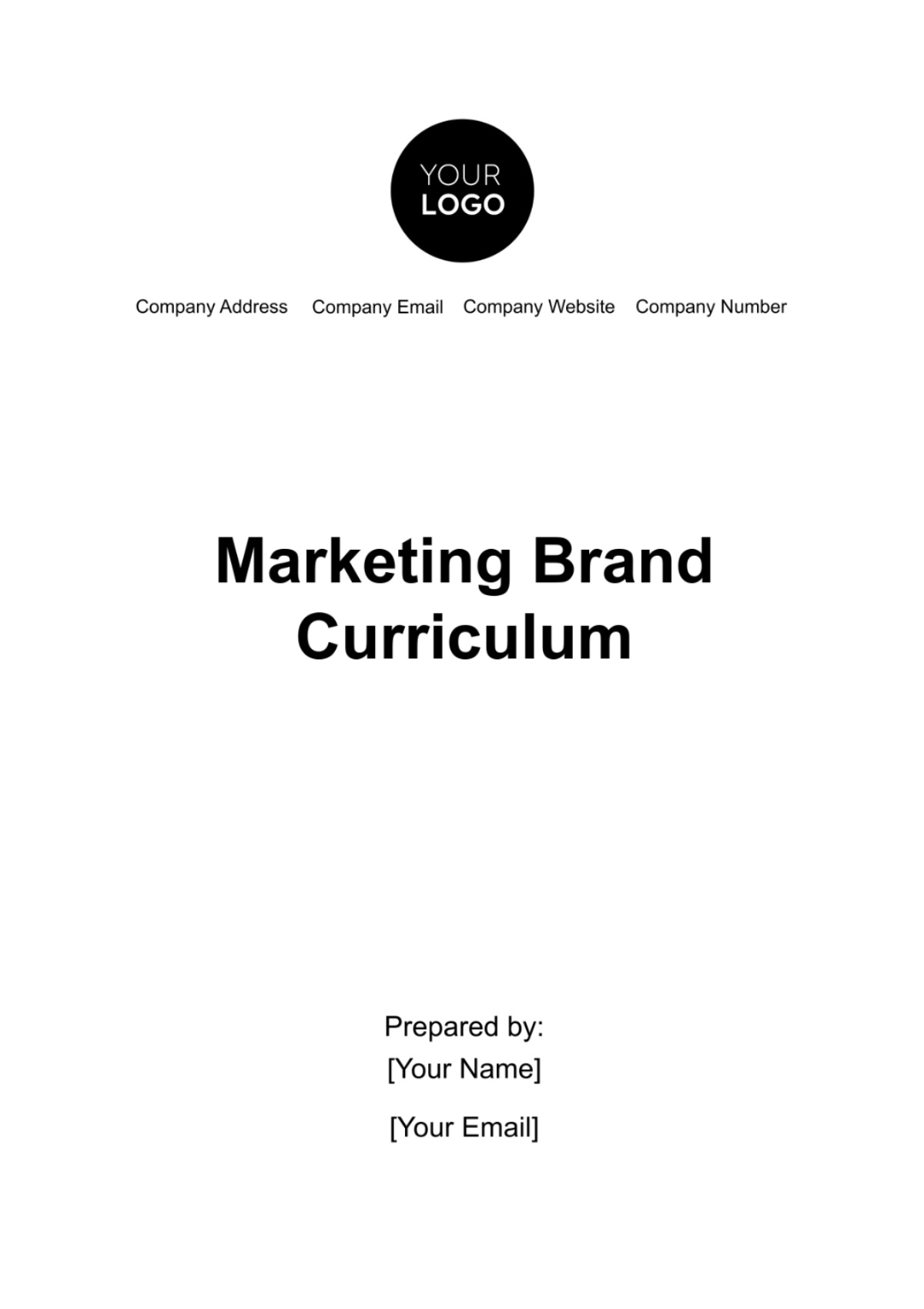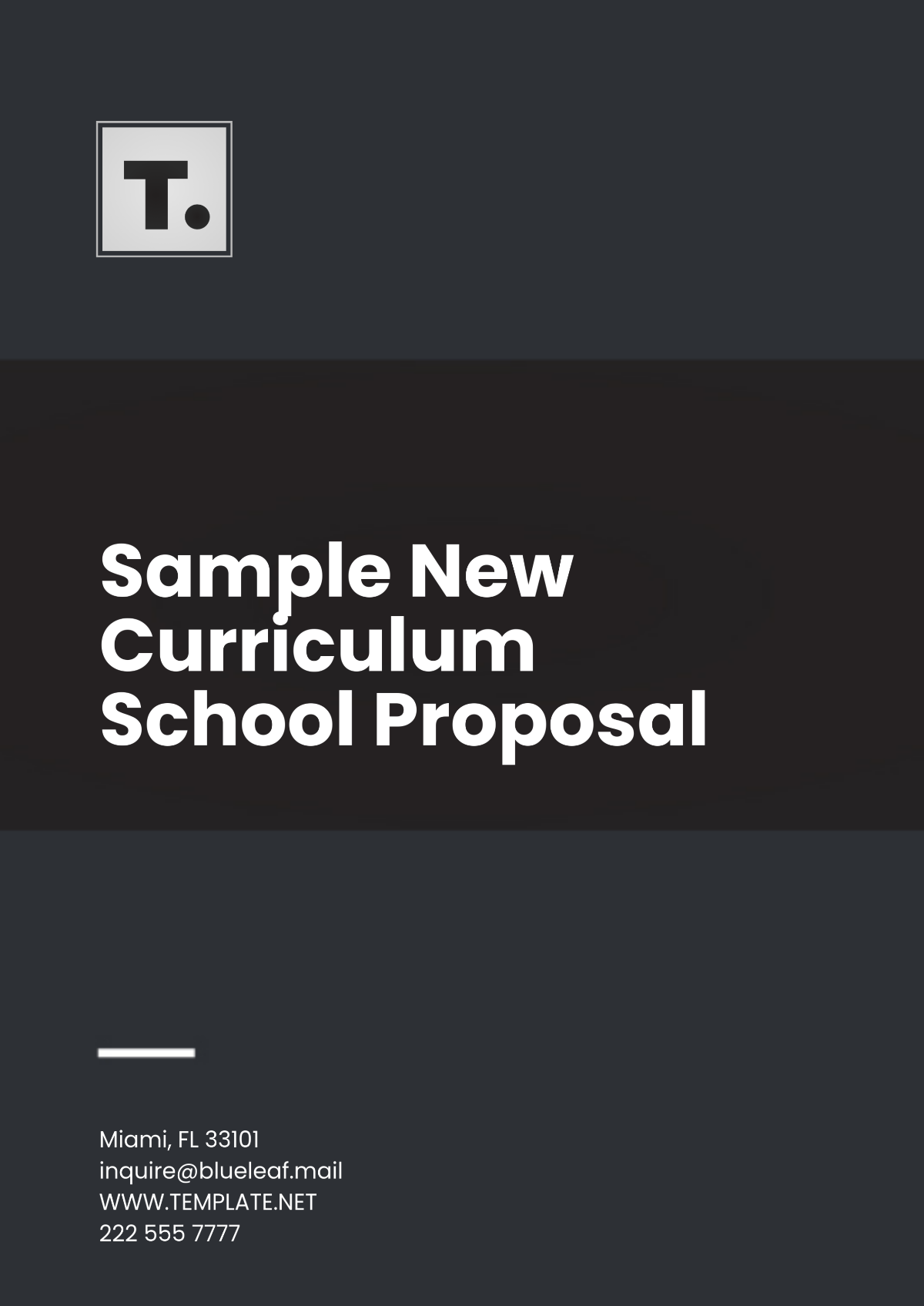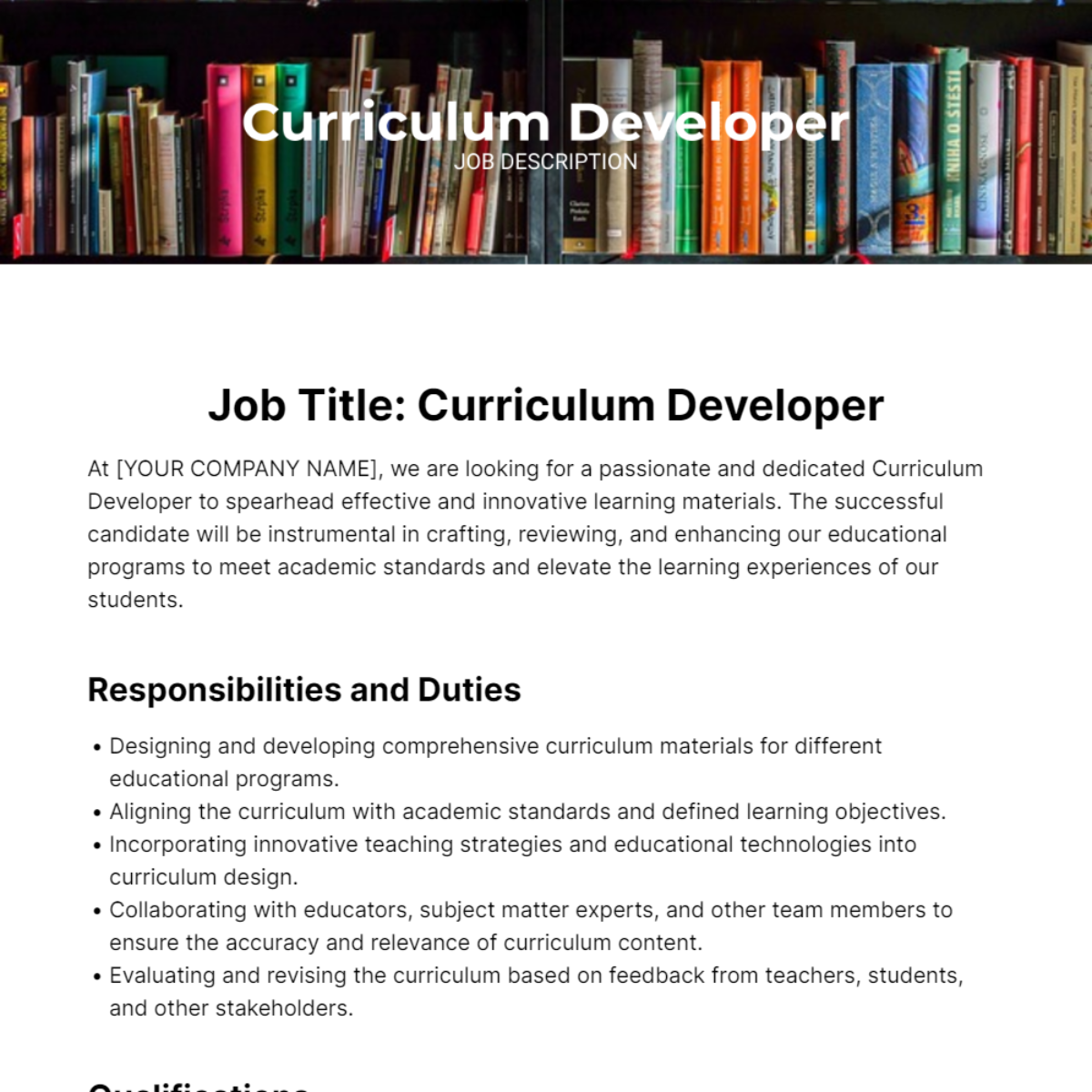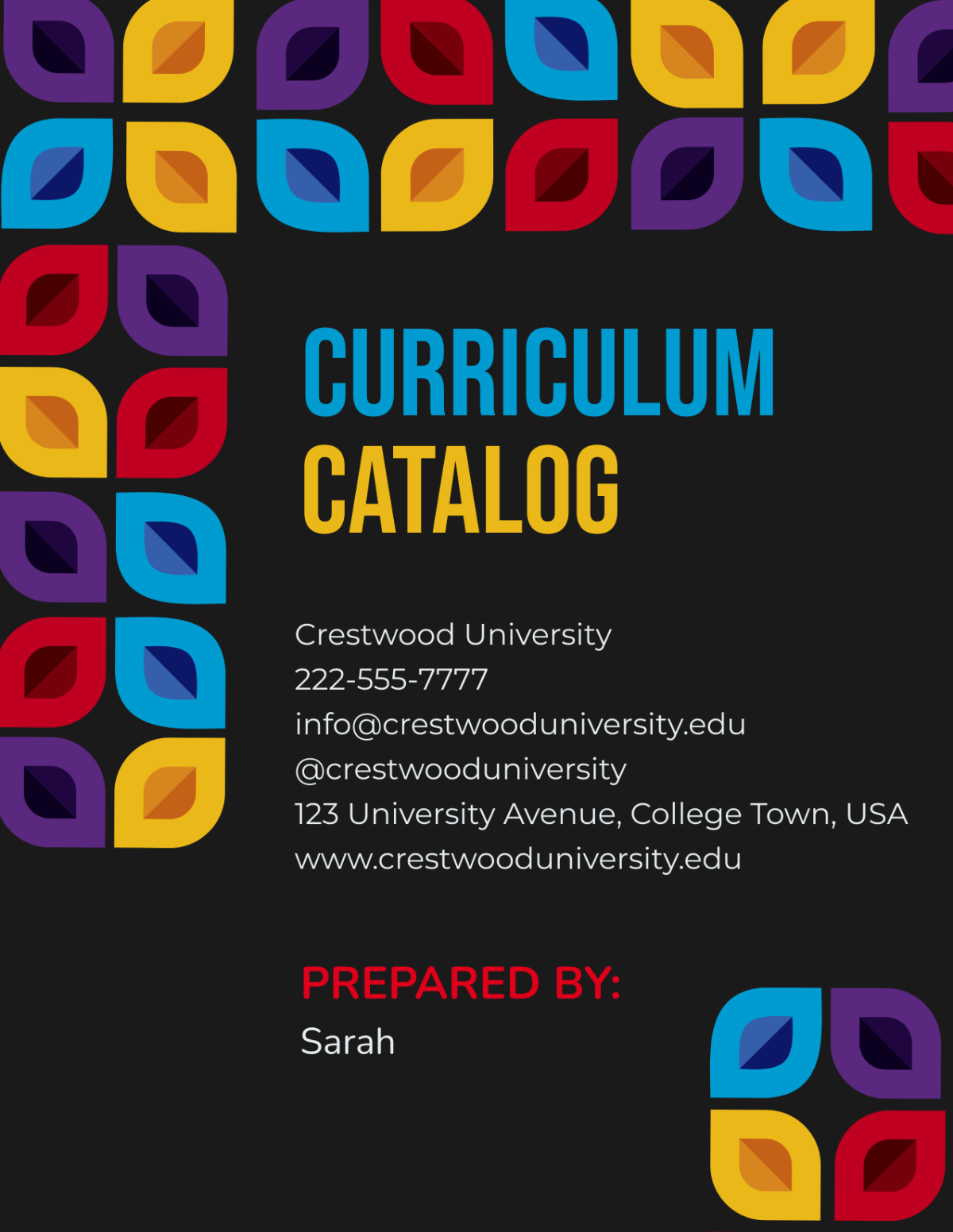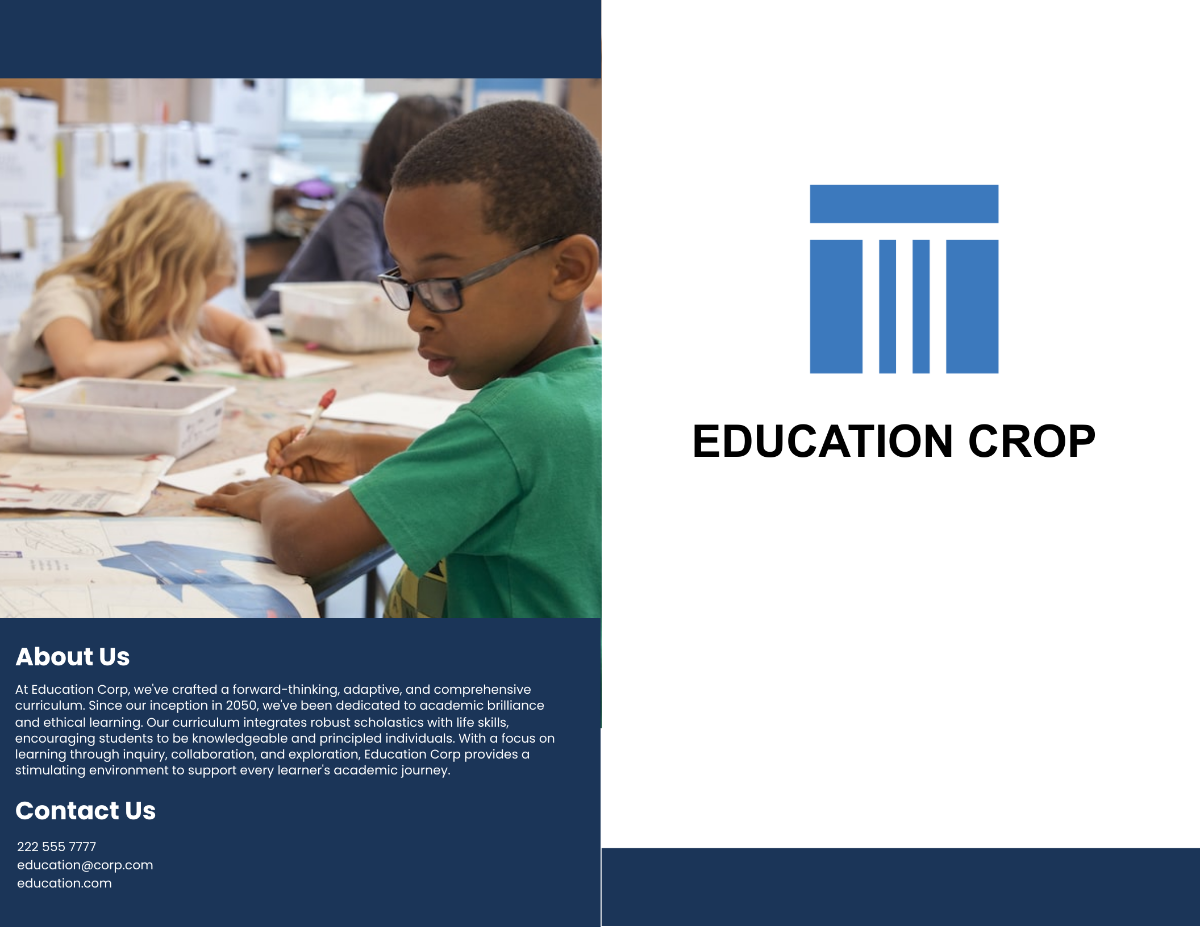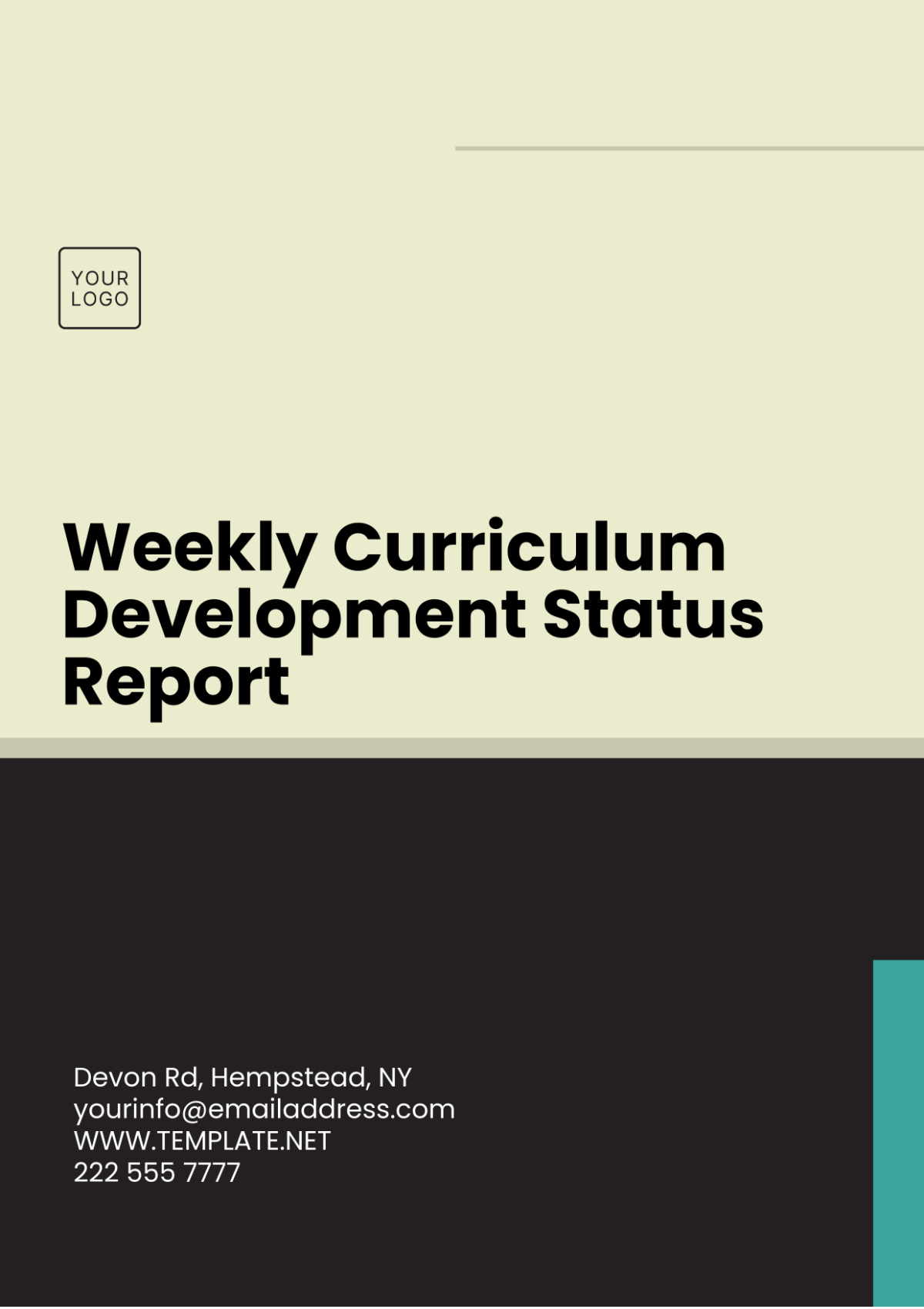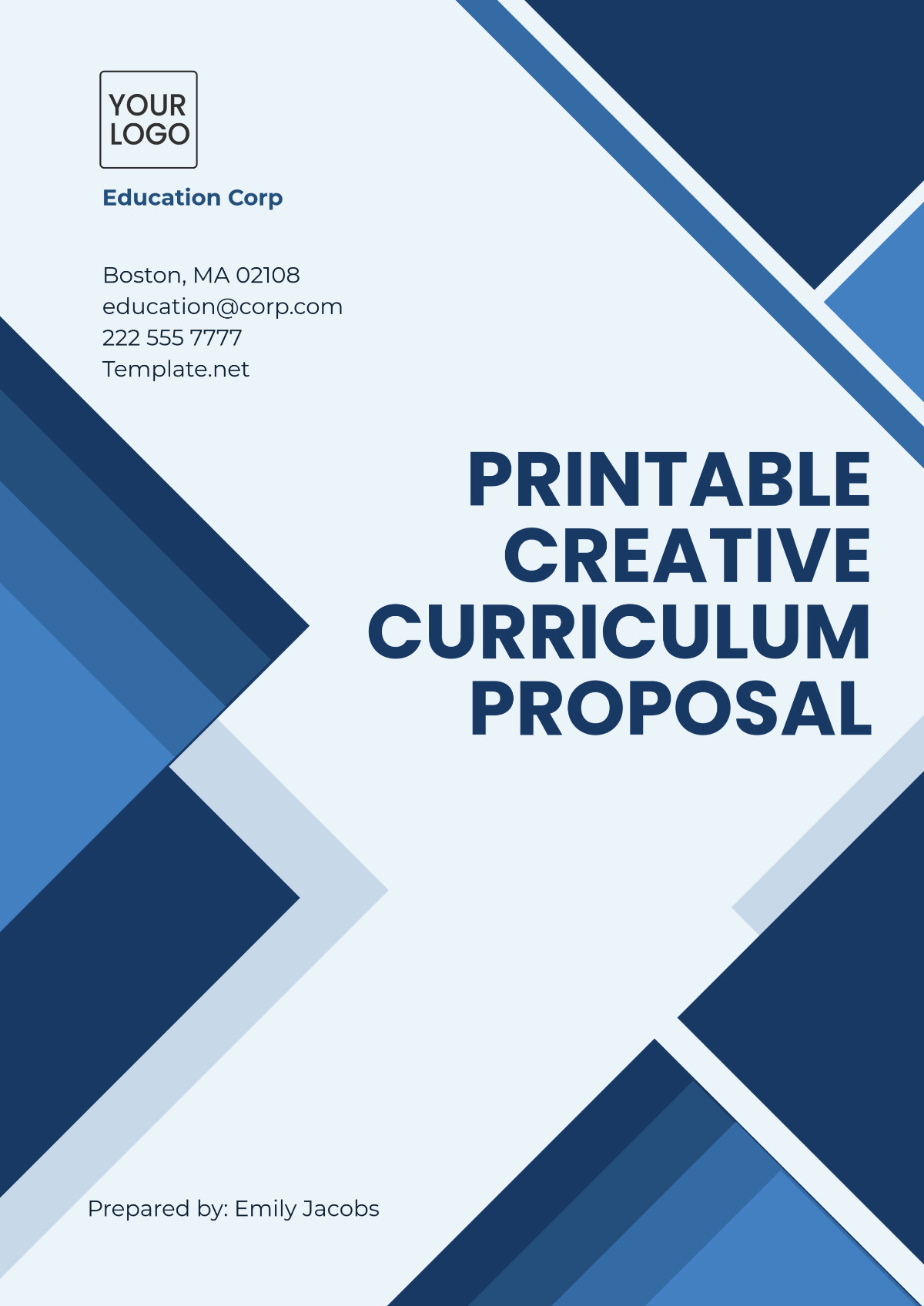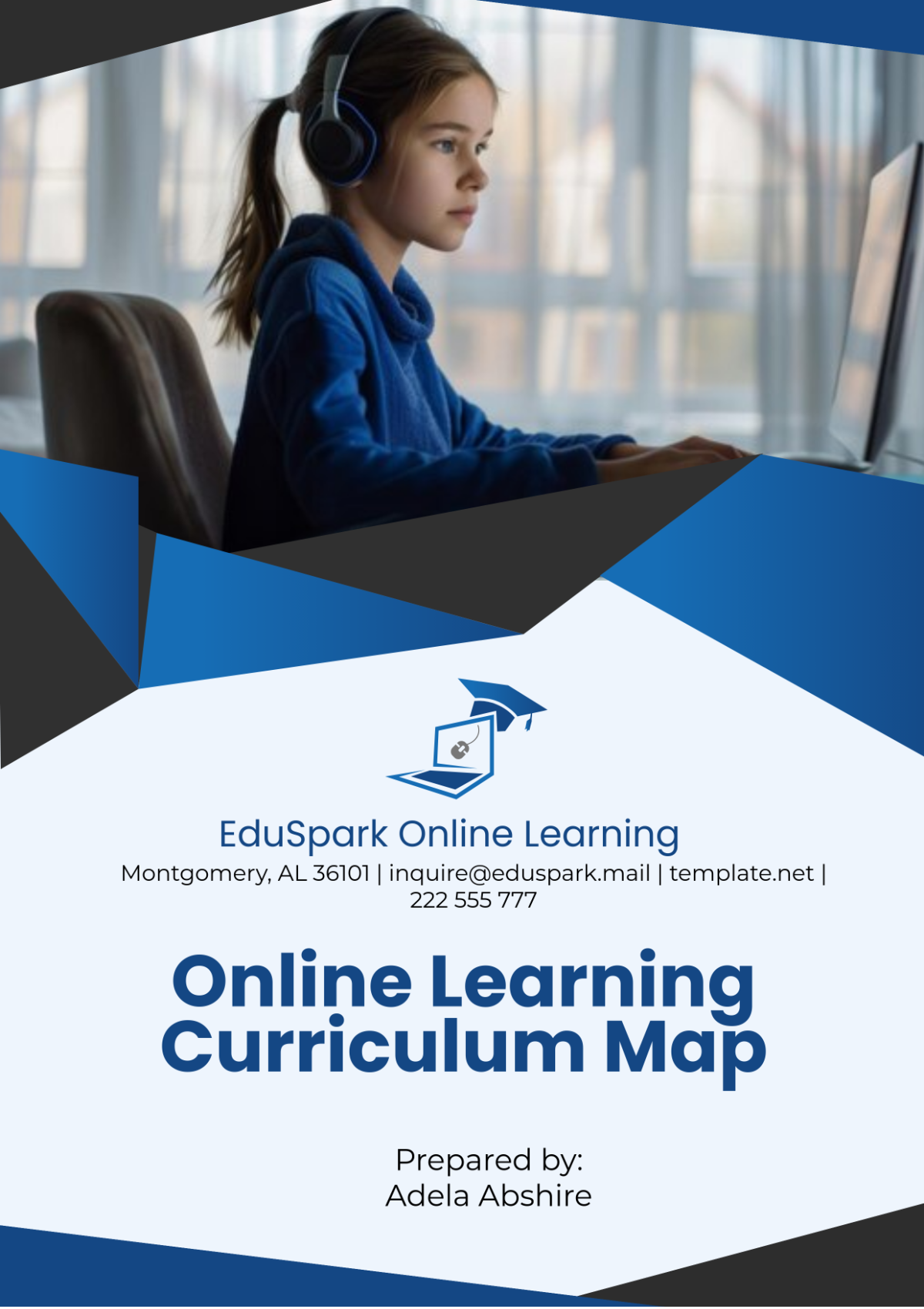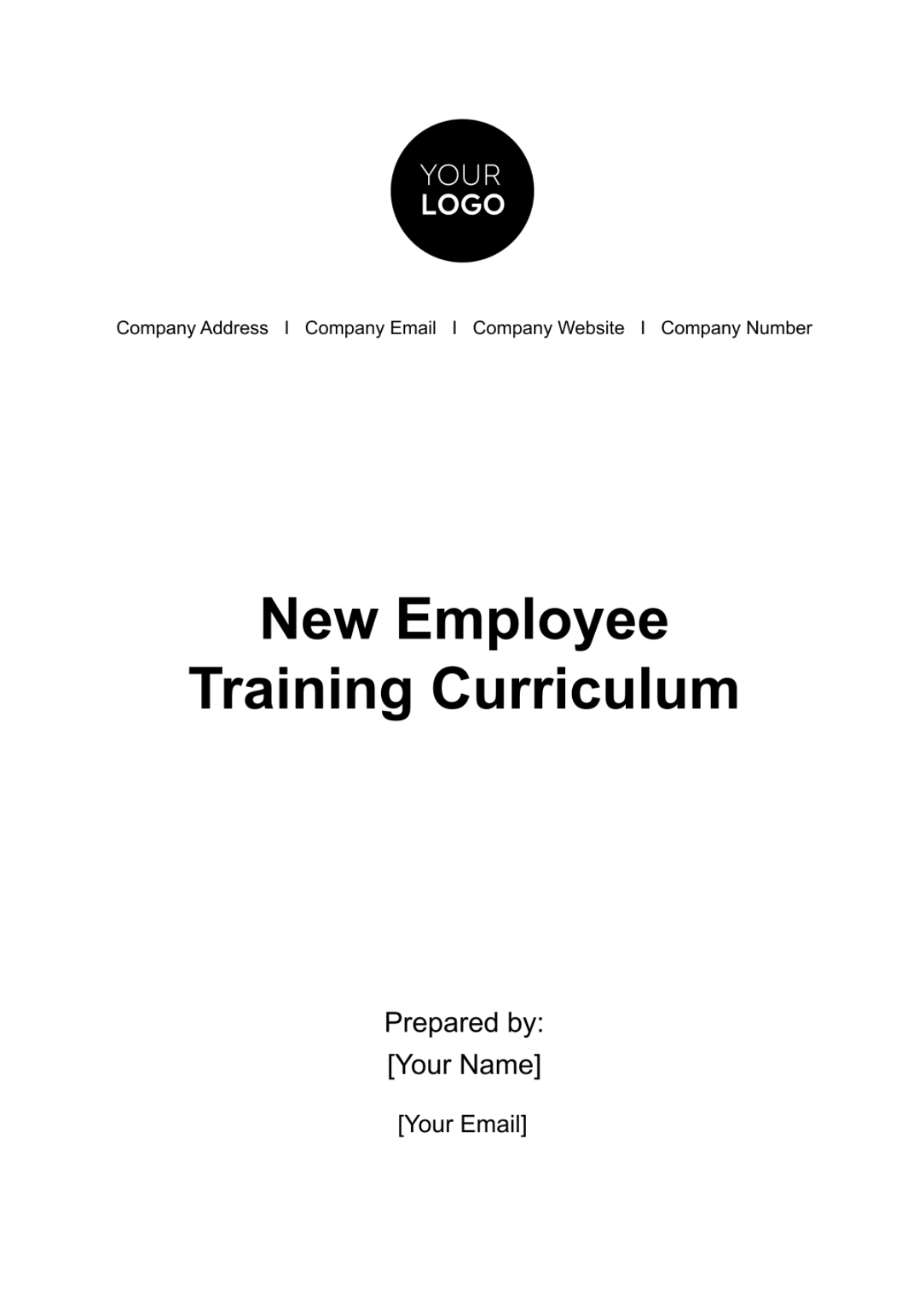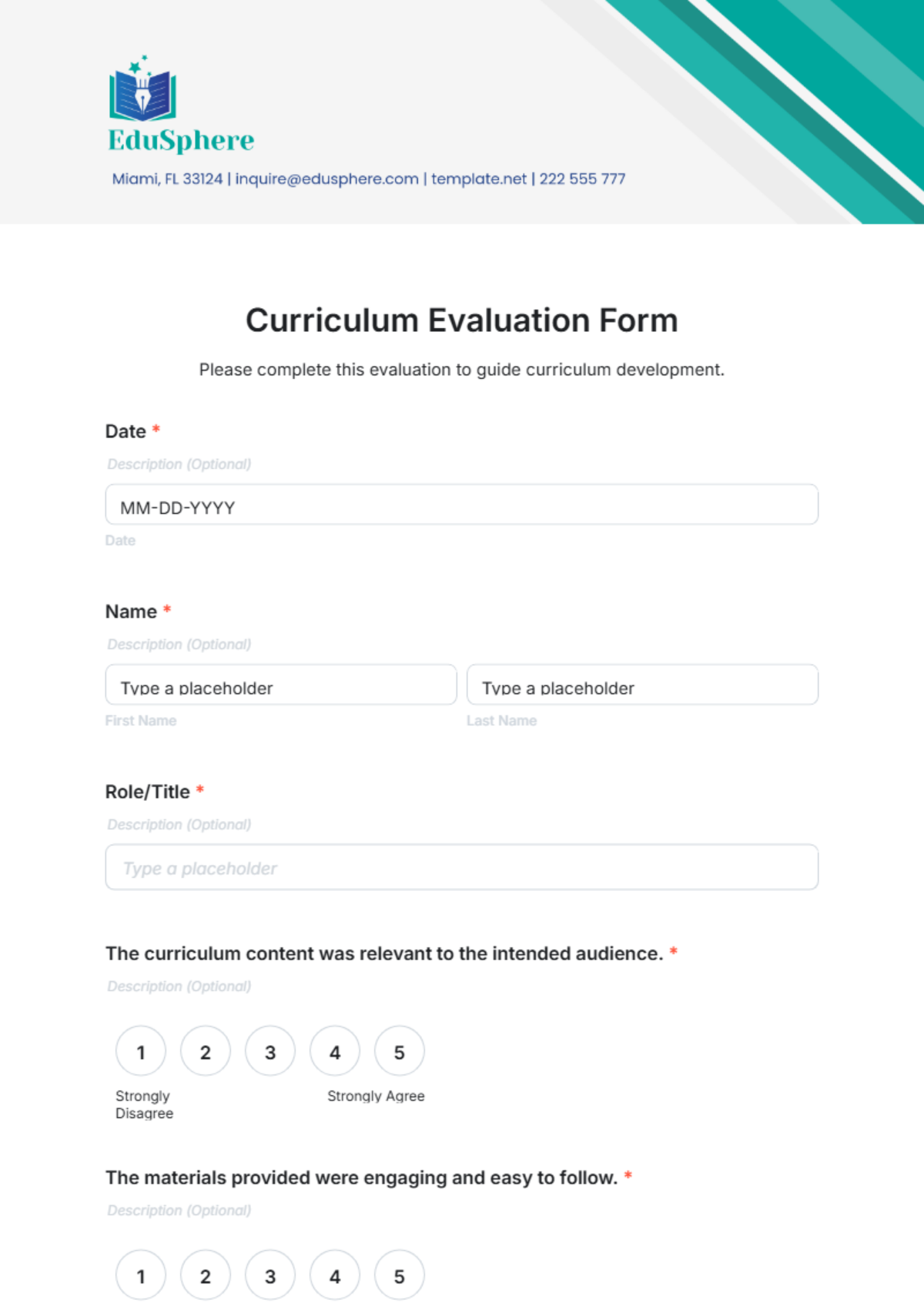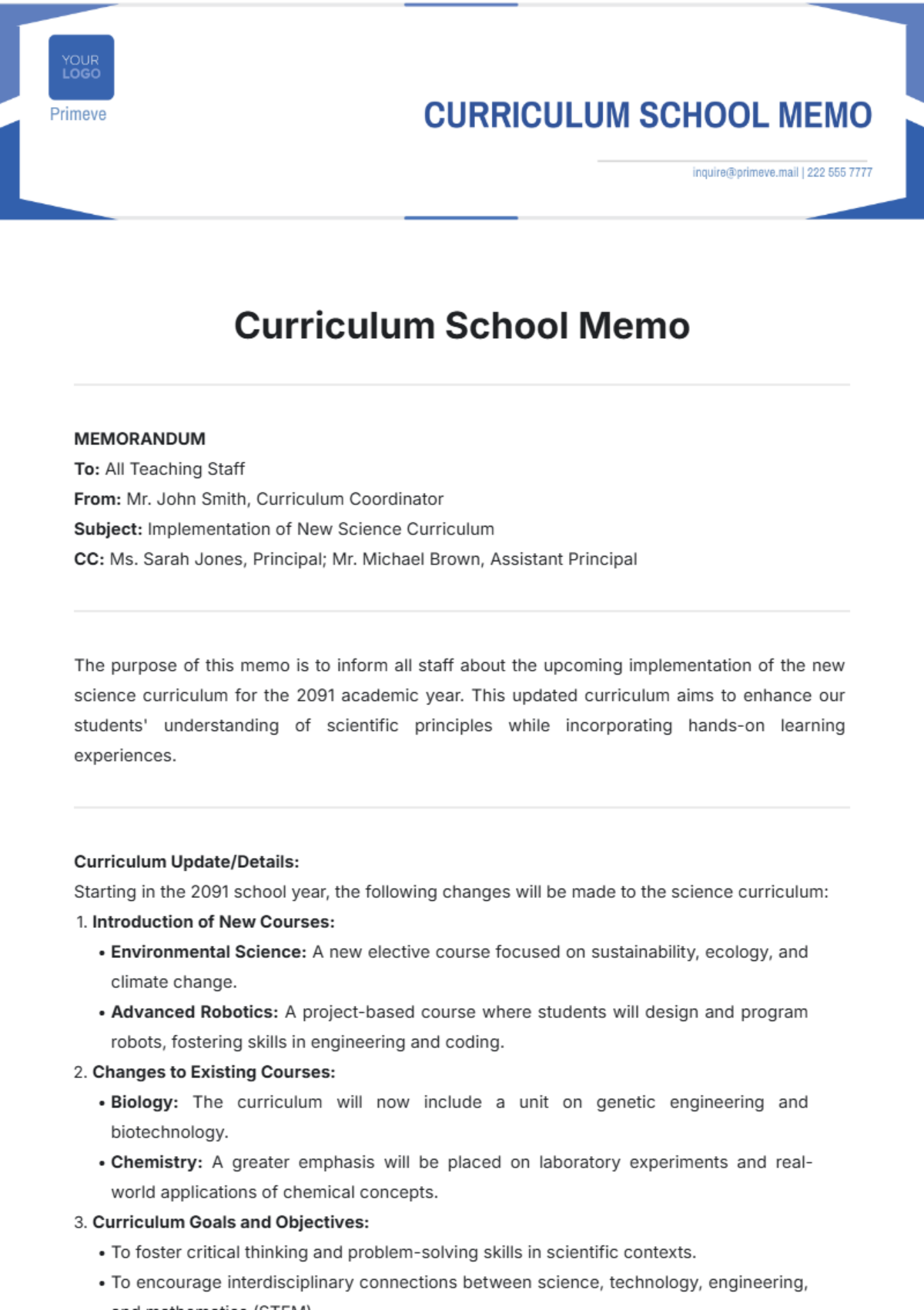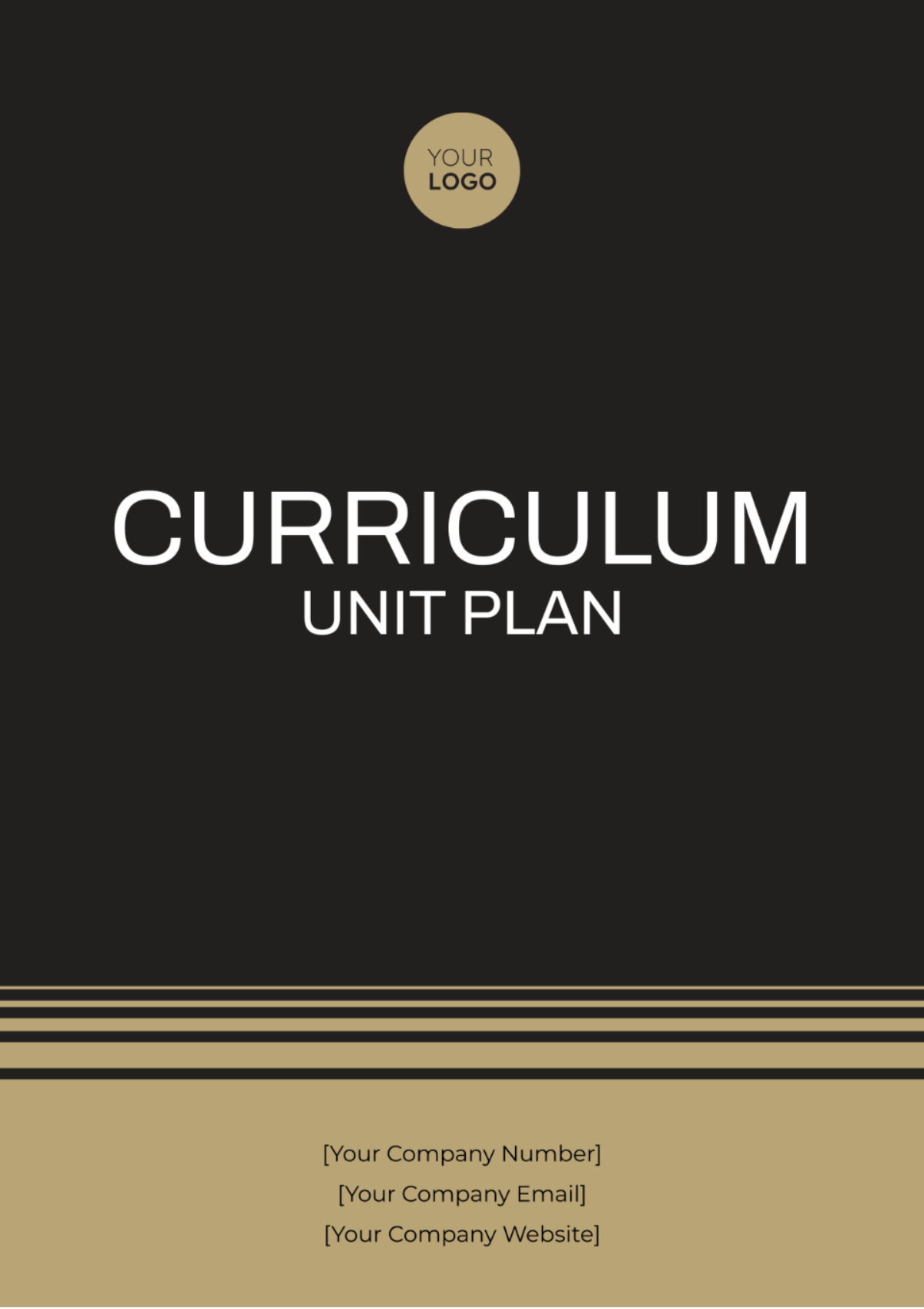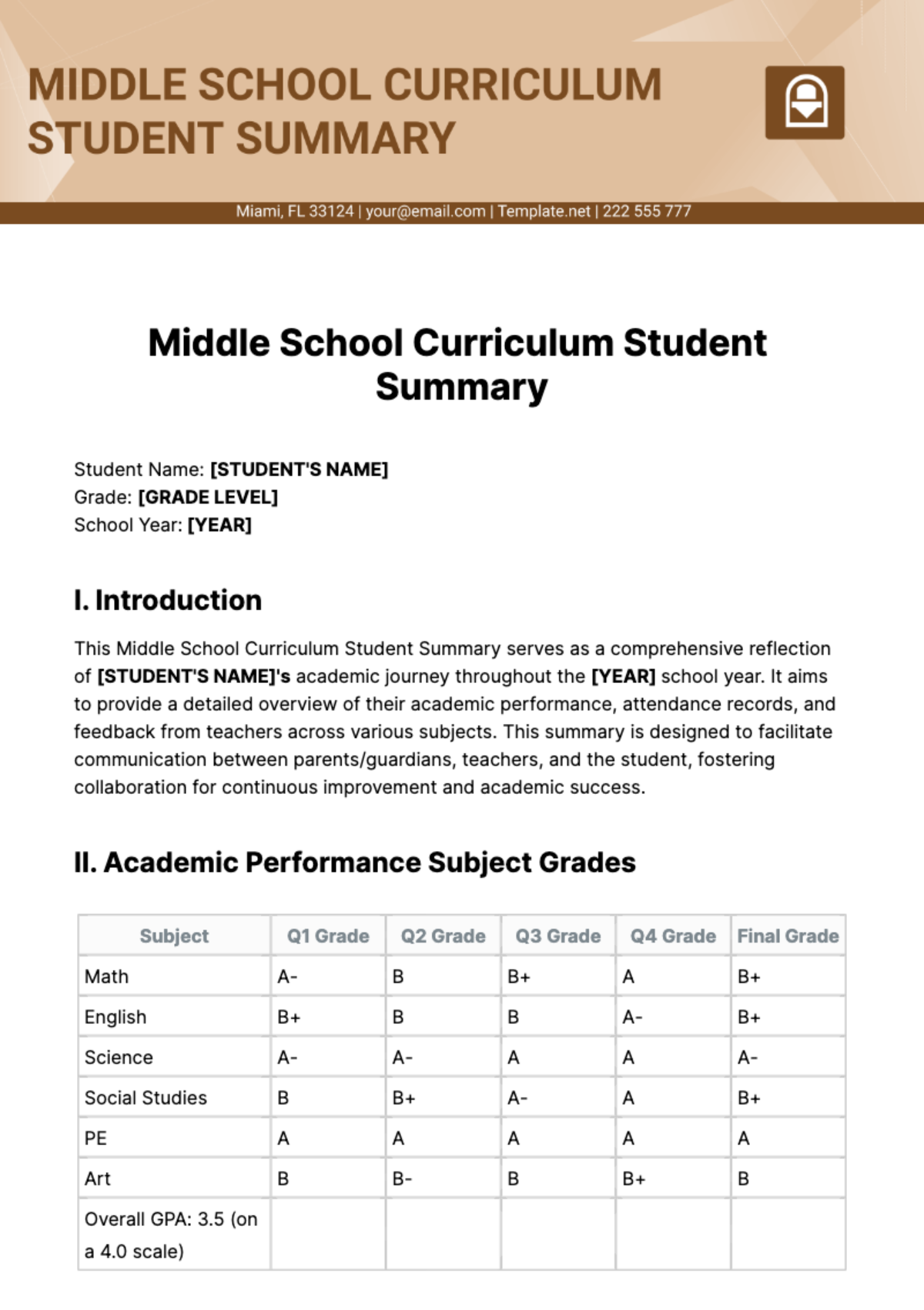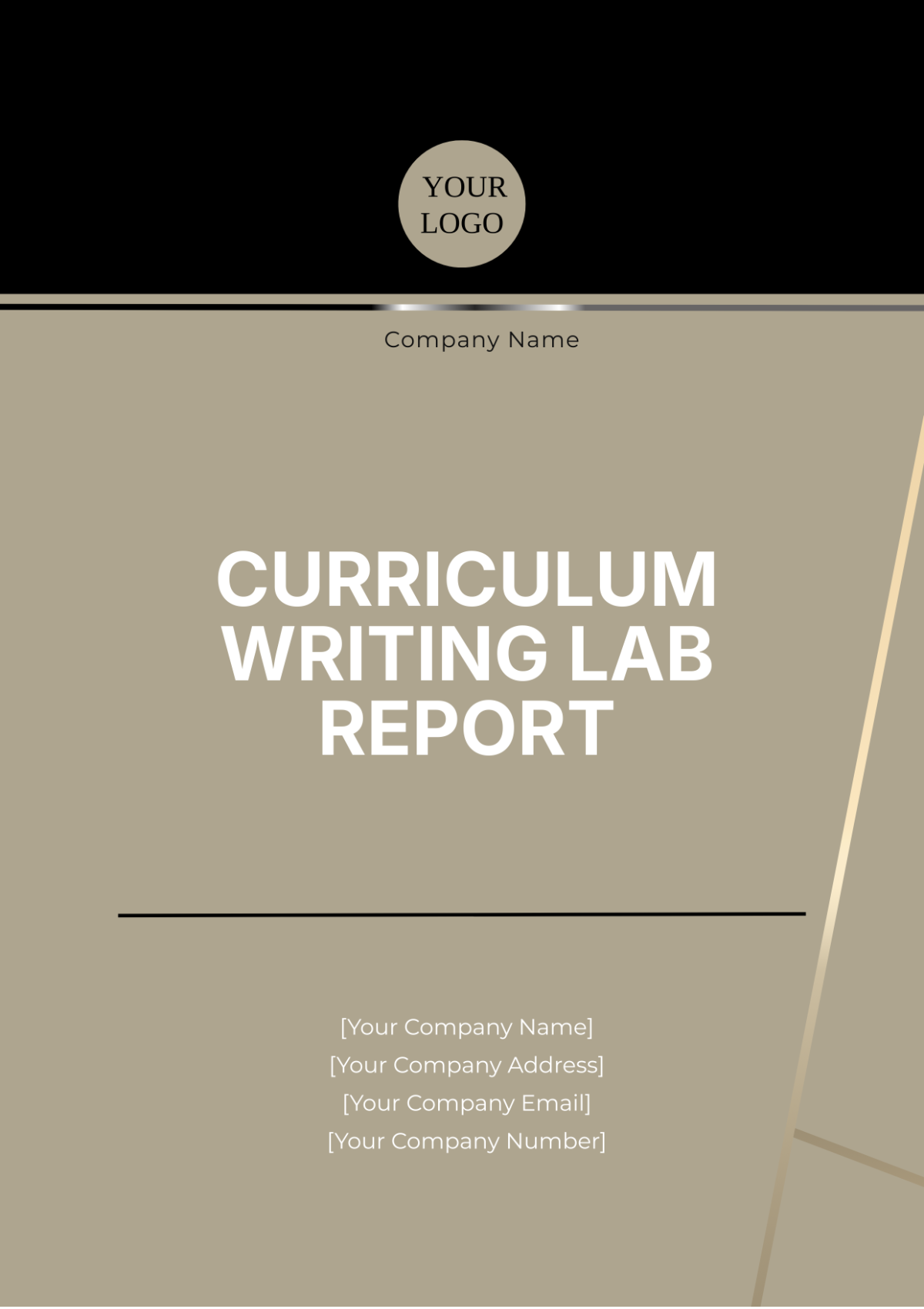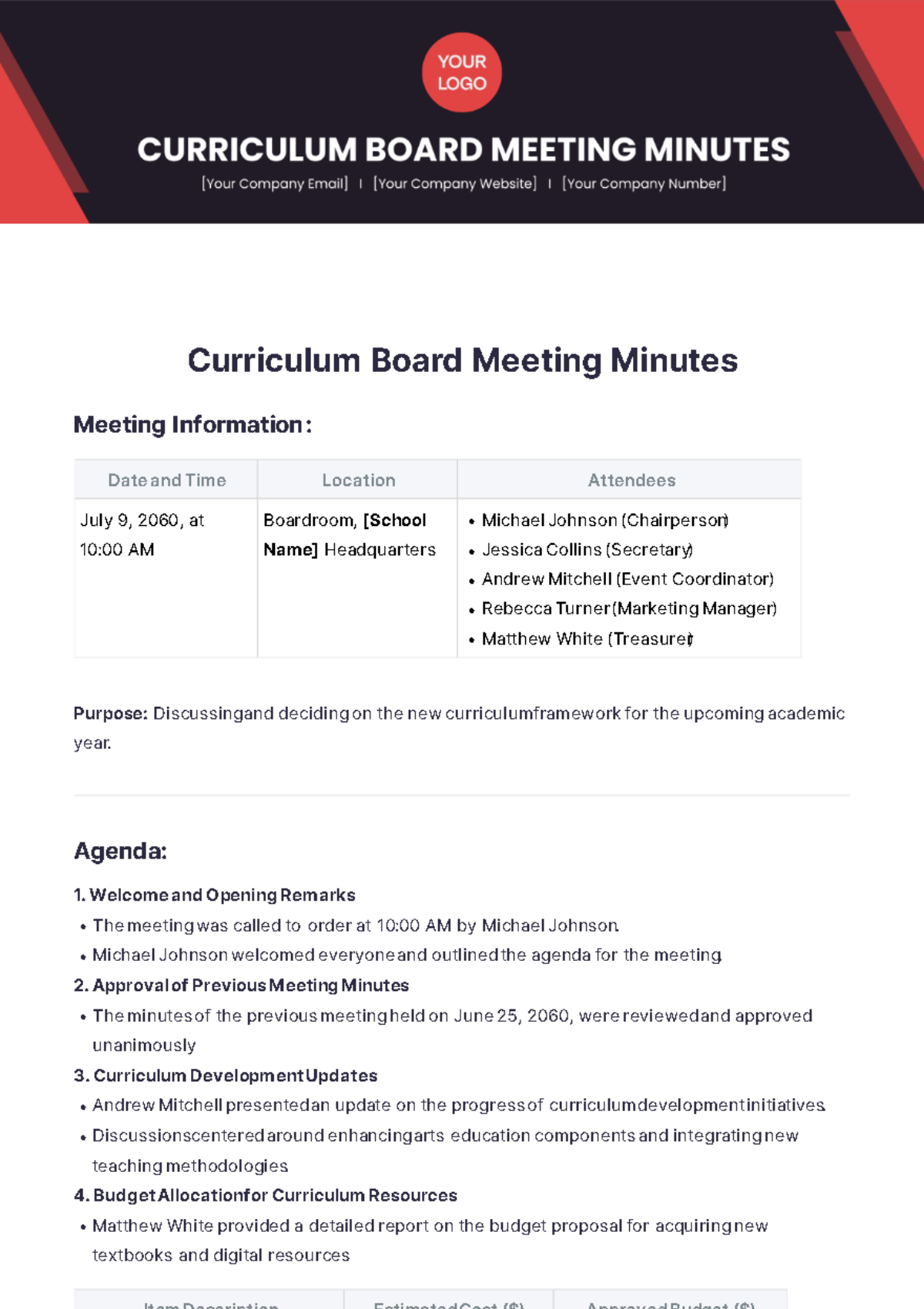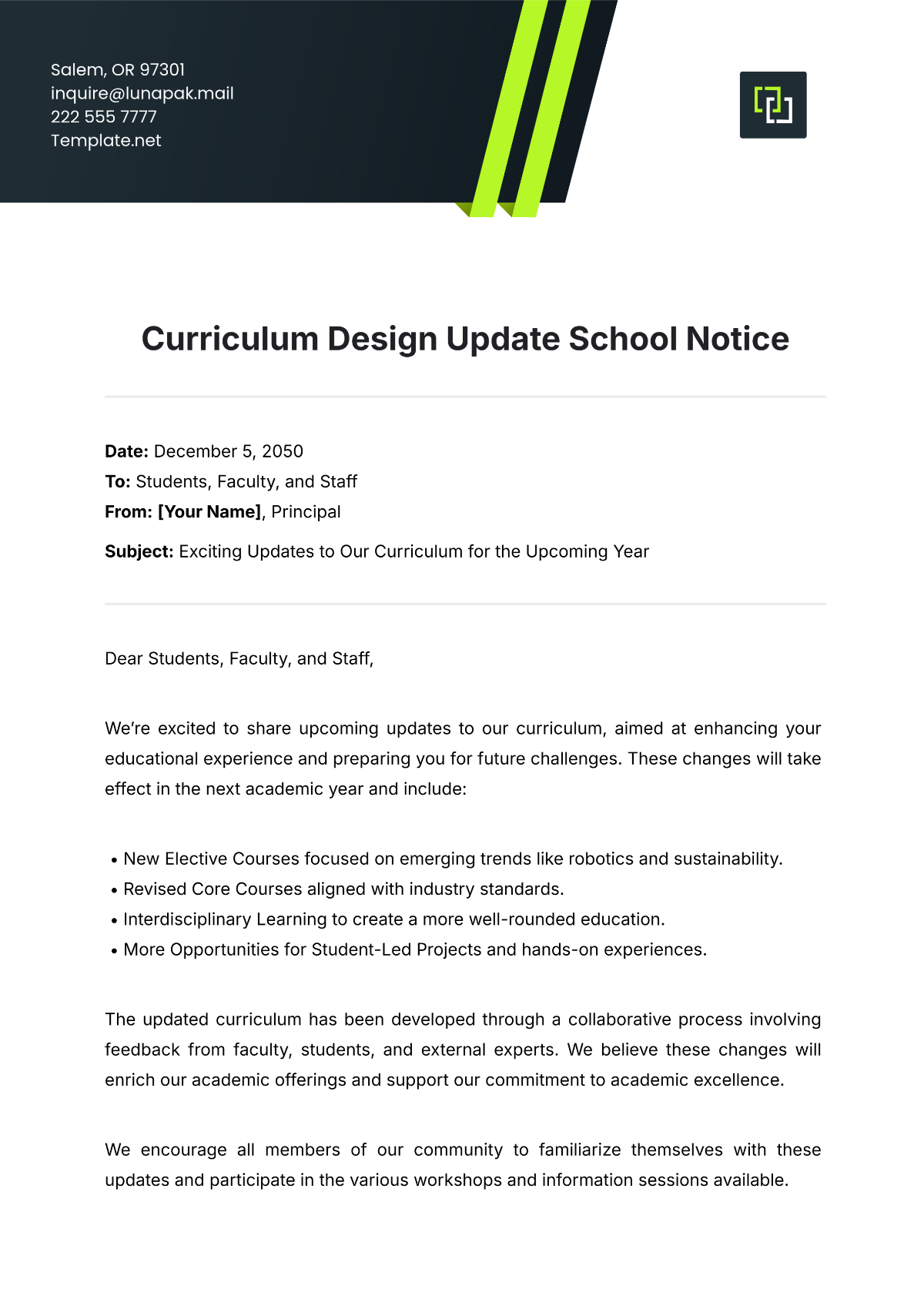Curriculum Development Methodology
Prepared By: [YOUR NAME]
Date: [DATE]
I. Introduction
This Curriculum Development Methodology provides a detailed and structured approach to creating dynamic and effective curricula. It is designed to address the diverse educational needs of learners, align with institutional goals, and offer a systematic process for designing, implementing, evaluating, and continuously improving educational programs. This methodology spans all phases of curriculum development, from initial needs assessment to ongoing refinement based on feedback.
II. Needs Analysis
A. Identifying Learner Needs
The first step in curriculum development is to conduct a thorough needs analysis. This involves gathering data to understand the specific needs of learners. Methods of identifying learner needs include:
Surveys and Questionnaires: Utilize surveys and questionnaires to collect quantitative and qualitative data on learner needs, preferences, and challenges.
Focus Groups: Organize focus groups with students, parents, and educators to gain in-depth insights into educational needs and areas for improvement.
Stakeholder Interviews: Conduct interviews with key stakeholders, including teachers, administrators, and industry professionals, to gather diverse perspectives.
Academic Performance Review: Analyze academic performance data to identify patterns, gaps, and areas requiring additional support.
B. Educational Goals
Based on the data collected, clearly defined educational goals should be set. These goals will guide the design and delivery of the curriculum. Educational goals may include:
Academic Achievement Targets: Define specific, measurable targets for student learning outcomes and academic performance.
Skill Development Objectives: Establish objectives for skill acquisition, including cognitive, practical, and interpersonal skills.
Behavioral and Attitudinal Goals: Set goals for student behavior, attitudes, and soft skills essential for personal and professional growth.
Future Preparedness: Ensure that the curriculum goals match the pathways designed to prepare students for advanced education, future career readiness, and vital life skills.
III. Curriculum Design
A. Content Development
Syllabus Creation: Develop a comprehensive syllabus that outlines the curriculum's structure, detailing the order of topics, the extent of the material, and the specific content to be covered during the course.
Topic Selection: Choose and pinpoint a variety of relevant topics and themes that both support the overall educational goals and address the varied needs and interests of the students.
Standards Alignment: Ensure that curriculum content meets local, national, or international educational standards and benchmarks.
B. Structure
Content Sequencing: Plan the logical sequence and progression of content delivery to build on prior knowledge and facilitate learning.
Cross-disciplinary Integration: Incorporate cross-disciplinary themes to provide a holistic learning experience and connect different subject areas.
Theory-Practice Balance: Ensure a balanced approach between theoretical knowledge and practical application to enhance student engagement and understanding.
C. Instructional Strategies
Diverse Teaching Methods: Employ a range of instructional strategies, including lectures, interactive discussions, and project-based learning, to cater to different learning styles.
Collaborative Learning: Facilitate group work, collaborative projects, and peer learning opportunities to foster teamwork and critical thinking.
Experiential Learning: Integrate hands-on activities, simulations, and real-world experiences to deepen understanding and application of knowledge.
Technology Integration: Utilize technology and multimedia resources to enhance instruction and provide innovative learning opportunities.
IV. Implementation Plan
A. Delivery Methods
Traditional Instruction: Conduct in-person classes to deliver the core curriculum, fostering direct interaction and immediate feedback for an enhanced learning experience.
Online Learning: Create, design, and implement comprehensive online learning modules that offer flexibility in terms of accessibility and scheduling, thereby expanding the reach to a wider and more diverse audience.
Blended Learning: Combine traditional in-person teaching with modern online methods to create a versatile and engaging learning environment.
B. Management Procedures
Scheduling and Timetabling: Develop a detailed schedule and timetable for course delivery, including class times, assessments, and key milestones.
Resource Management: Allocate and manage resources effectively to support curriculum delivery, including materials, technology, and staffing.
Professional Development: Provide ongoing training and support for educators to ensure they are equipped to deliver the curriculum effectively.
V. Assessment and Evaluation
A. Learner Assessment
Formative Assessments: Use regular quizzes, assignments, and feedback to monitor student progress and guide instructional adjustments.
Summative Assessments: Conduct exams, final projects, and other major assessments to evaluate overall learning outcomes and curriculum effectiveness.
Peer and Self-Assessments: Encourage students to assess their own and each other’s work to develop self-awareness and critical evaluation skills.
B. Curriculum Evaluation
Qualitative Feedback: Collect detailed feedback from learners, educators, and other stakeholders to assess the curriculum’s impact and effectiveness.
Quantitative Data Analysis: Analyze assessment results and performance metrics to evaluate curriculum outcomes and identify areas for improvement.
Periodic Reviews: Conduct regular reviews by curriculum committees and experts to ensure ongoing alignment with educational goals and standards.
VI. Feedback and Revision
A. Gathering Feedback
Feedback Collection: Use surveys, questionnaires, and focus groups to gather comprehensive feedback from students, teachers, and other stakeholders.
Formal and Informal Reviews: Implement both formal evaluations and informal discussions to obtain diverse perspectives on curriculum effectiveness.
B. Making Adjustments
Content Updates: Revise the curriculum based on feedback from students, teachers, and experts, and update it to reflect the latest educational trends.
Instructional Strategy Revisions: Adjust teaching methods and strategies to address identified challenges and enhance learning outcomes.
Assessment Method Modifications: Refine assessment tools and methods to better measure student progress and curriculum effectiveness.
VII. Resources and Materials
A. Identifying Resources
Educational Materials: Choose and acquire textbooks, reference materials, and various other educational resources that are essential for the successful implementation of the curriculum.
Technology Tools: Identify and acquire technology tools and software that support instructional goals and enhance learning experiences.
Practical Equipment: Acquire the necessary laboratory instruments, workshop tools, or other types of practical equipment that are essential for conducting hands-on learning activities.
B. Preparing Materials
Lesson Plans: Create comprehensive and meticulously detailed lesson plans, along with thorough instructional guides, that aim to facilitate and enhance effective teaching practices and foster an enriching and productive learning environment.
Multimedia Resources: Develop and systematically arrange multimedia presentations, and videos, along with various forms of digital content to enrich and enhance the instructional process.
Assessment Tools: Develop and create a variety of assessment tools and detailed rubrics to measure and evaluate student performance and the learning outcomes they achieve.
